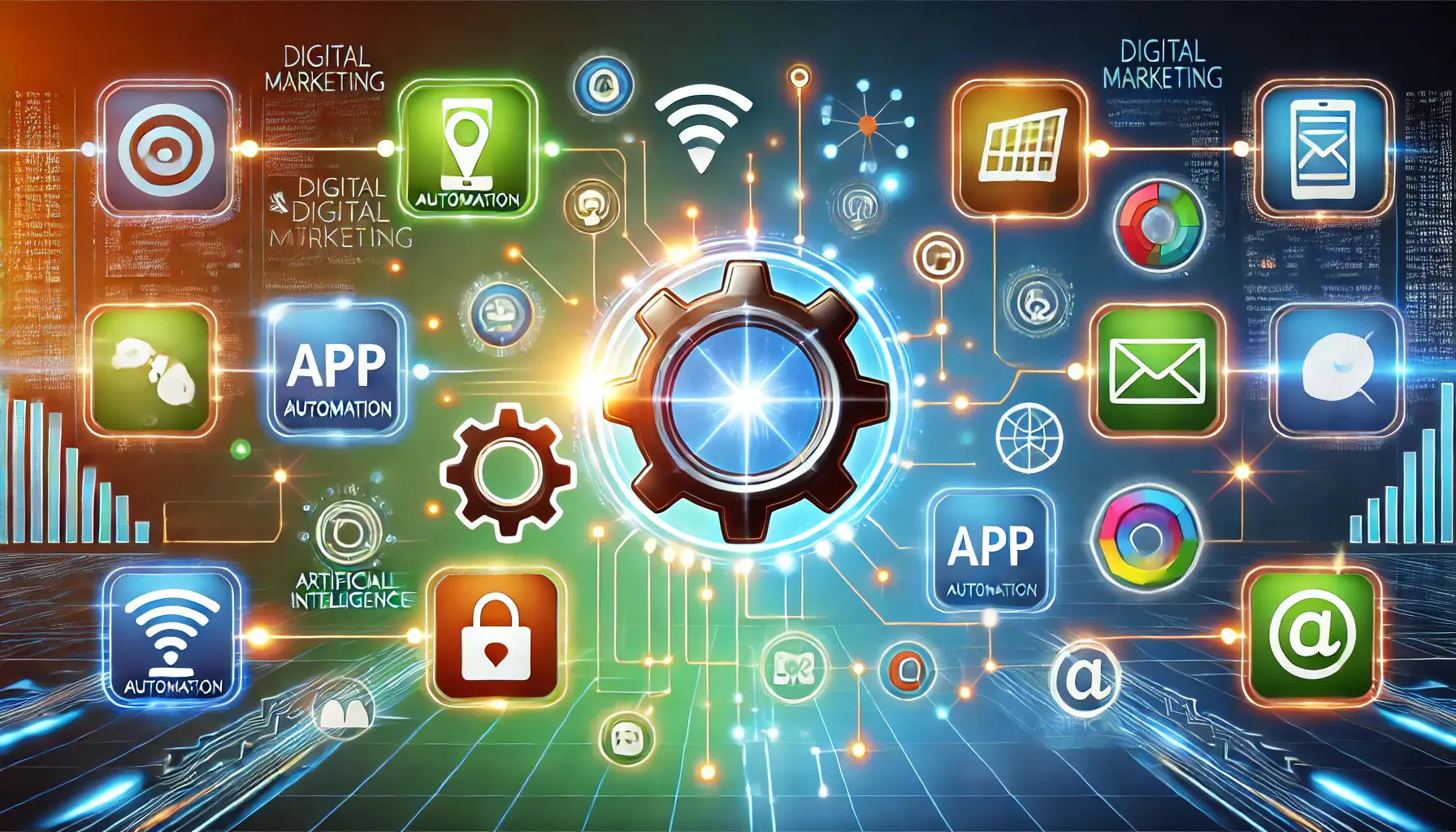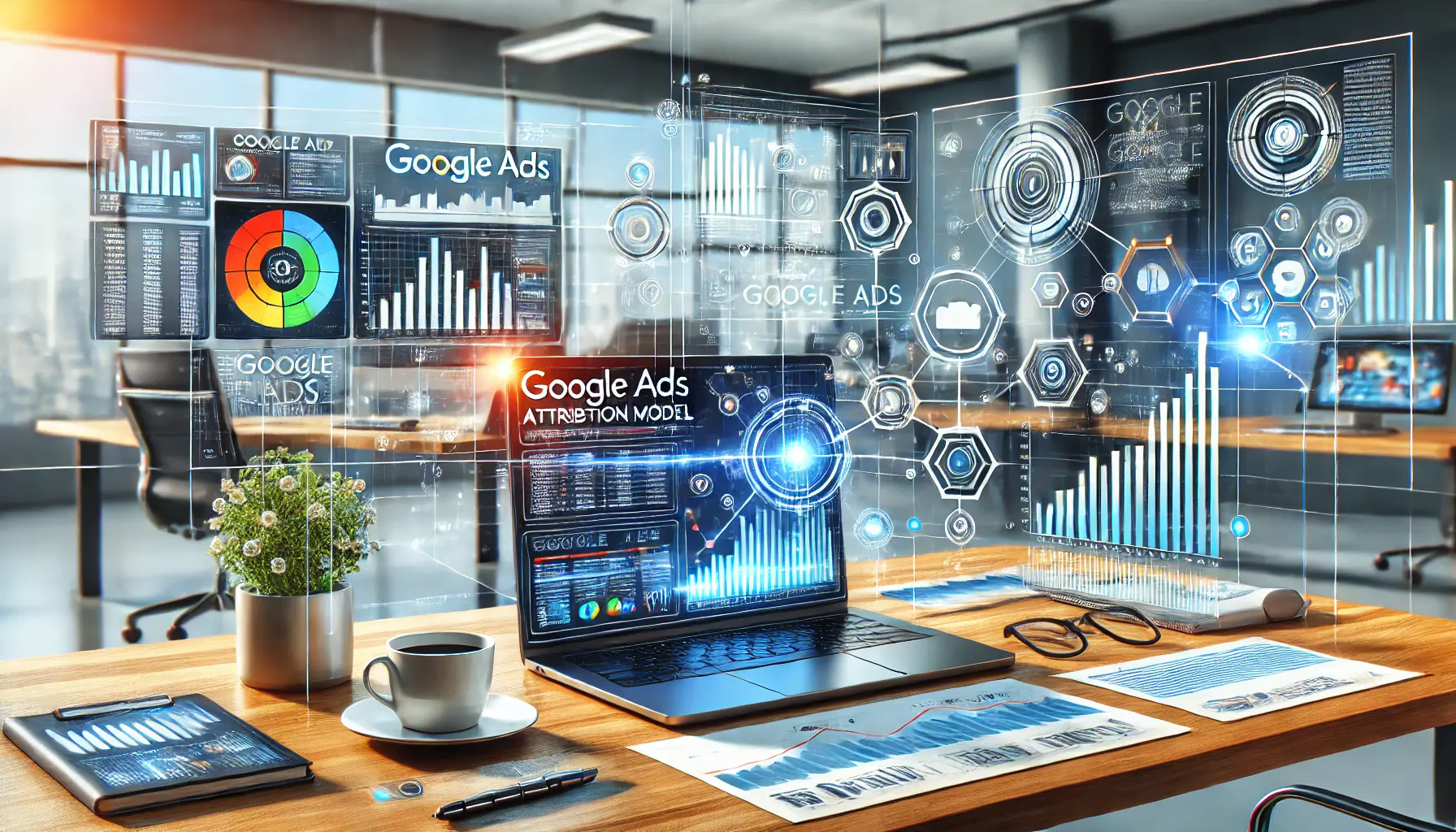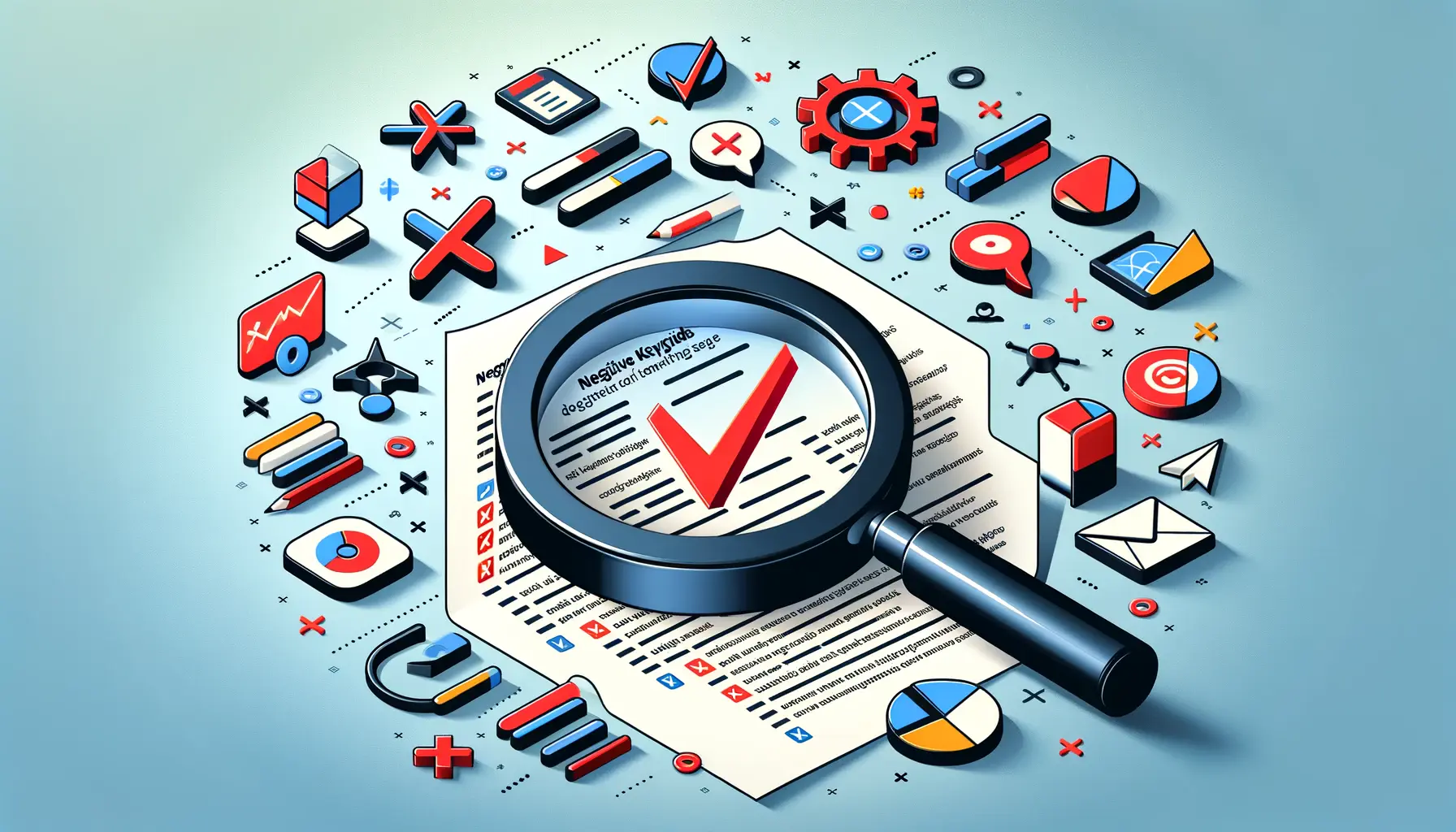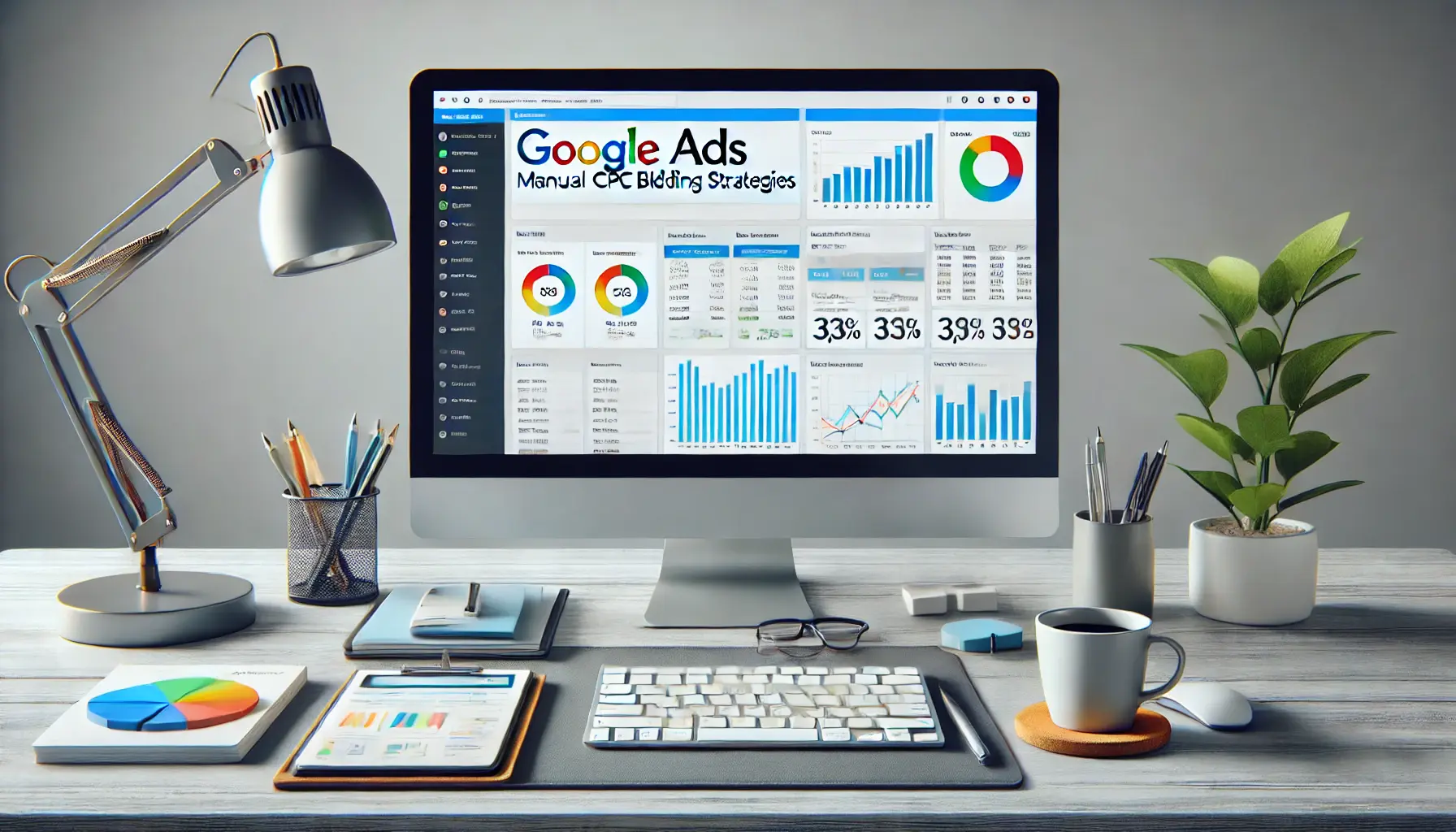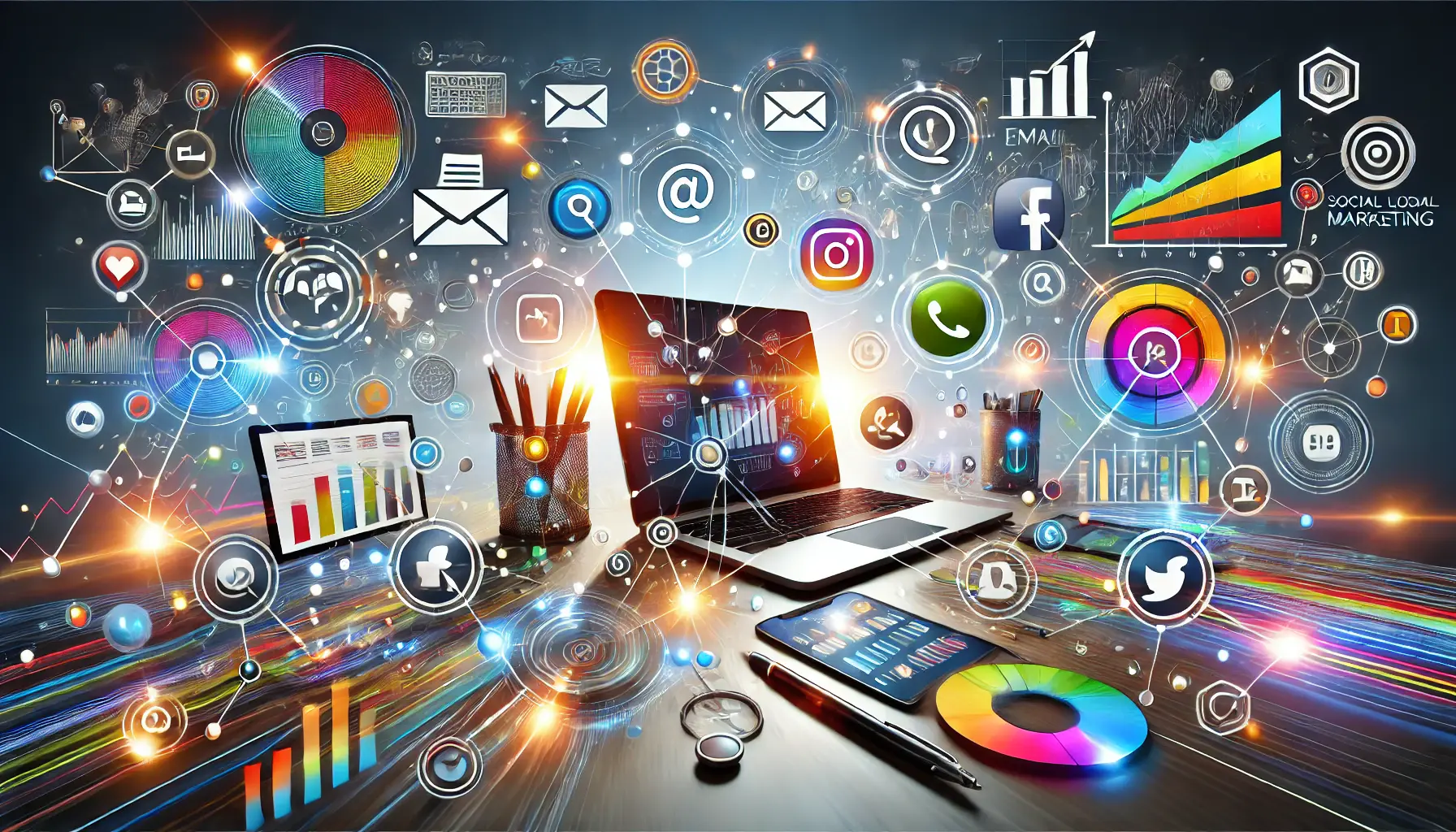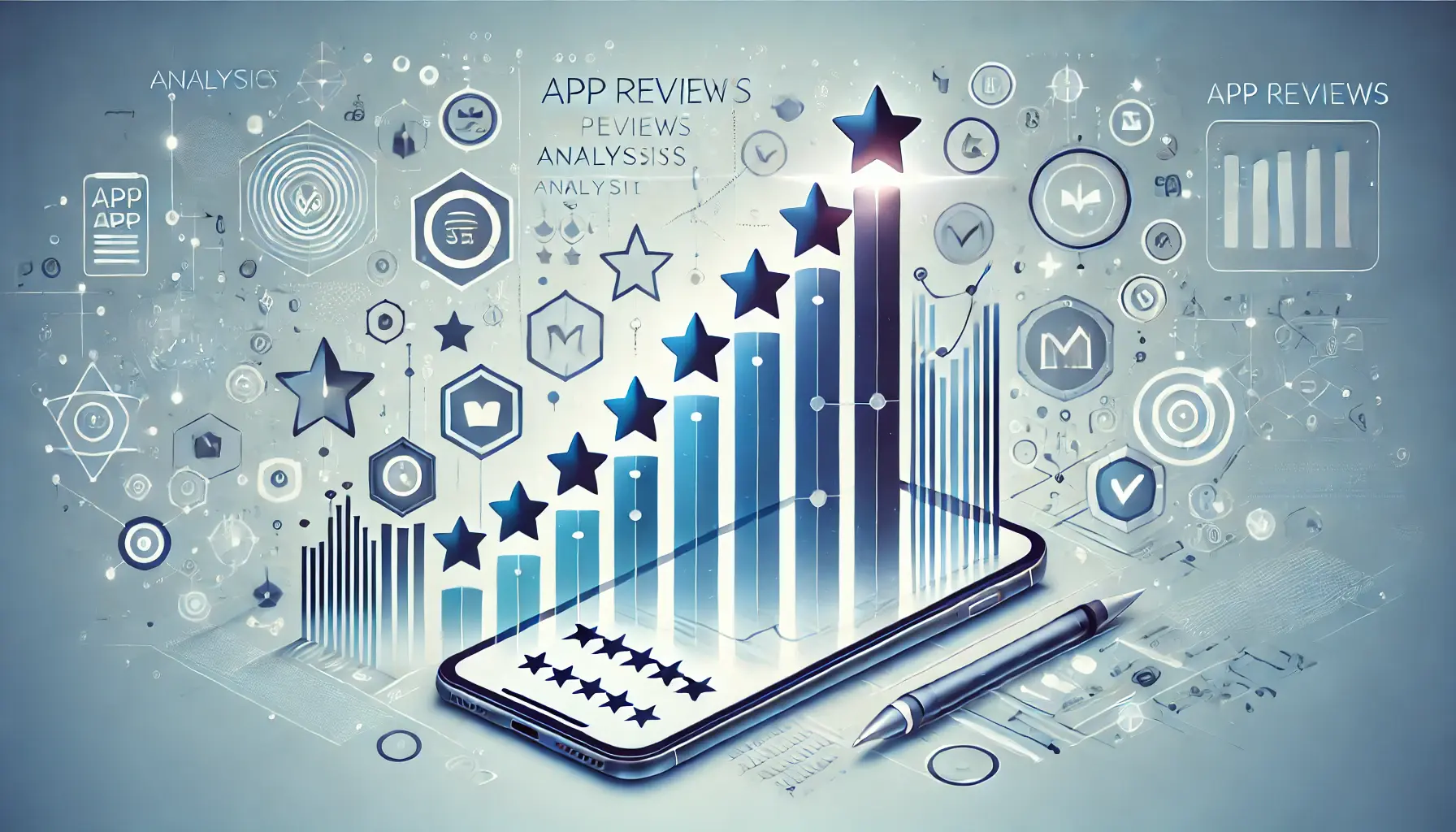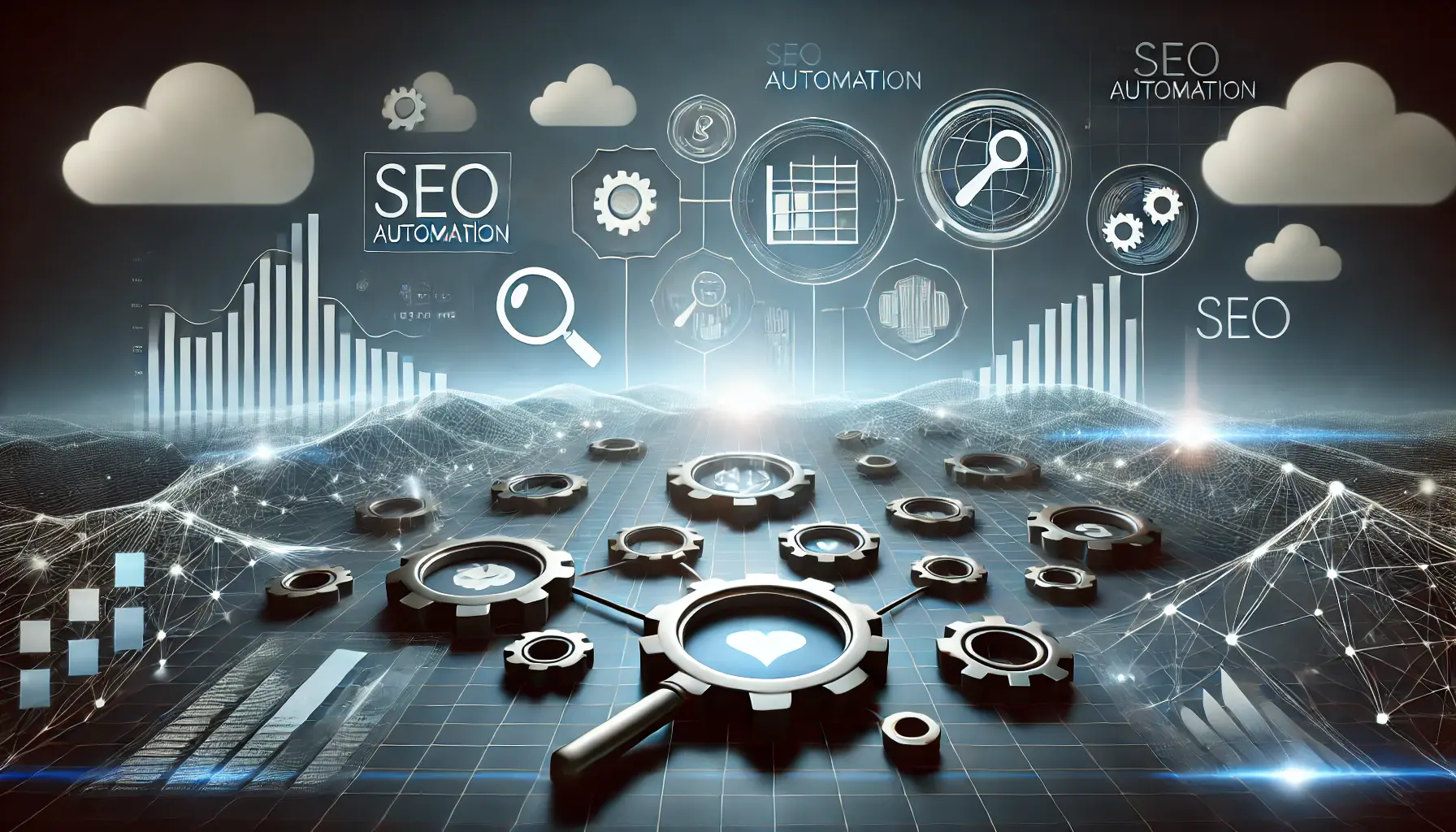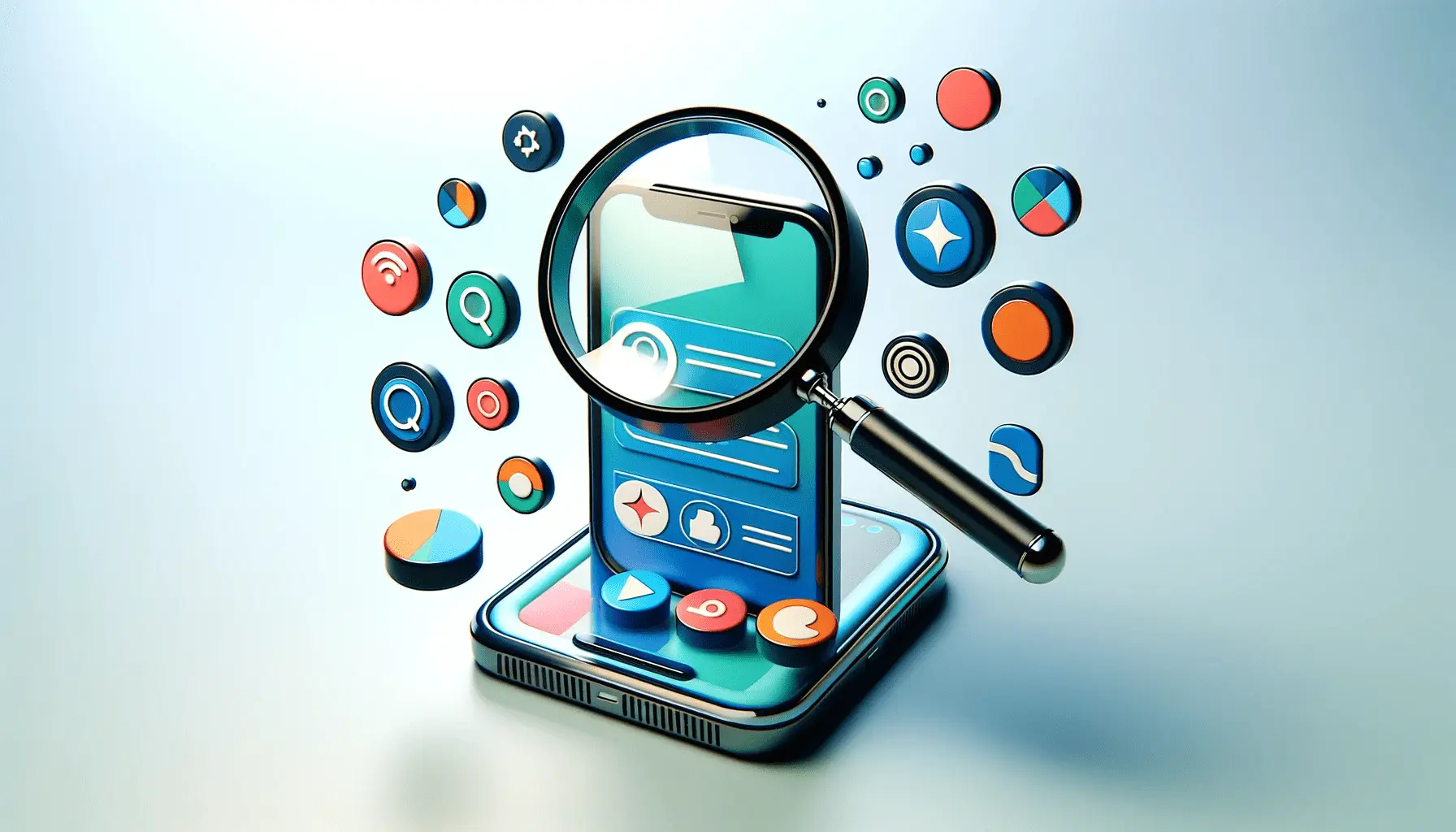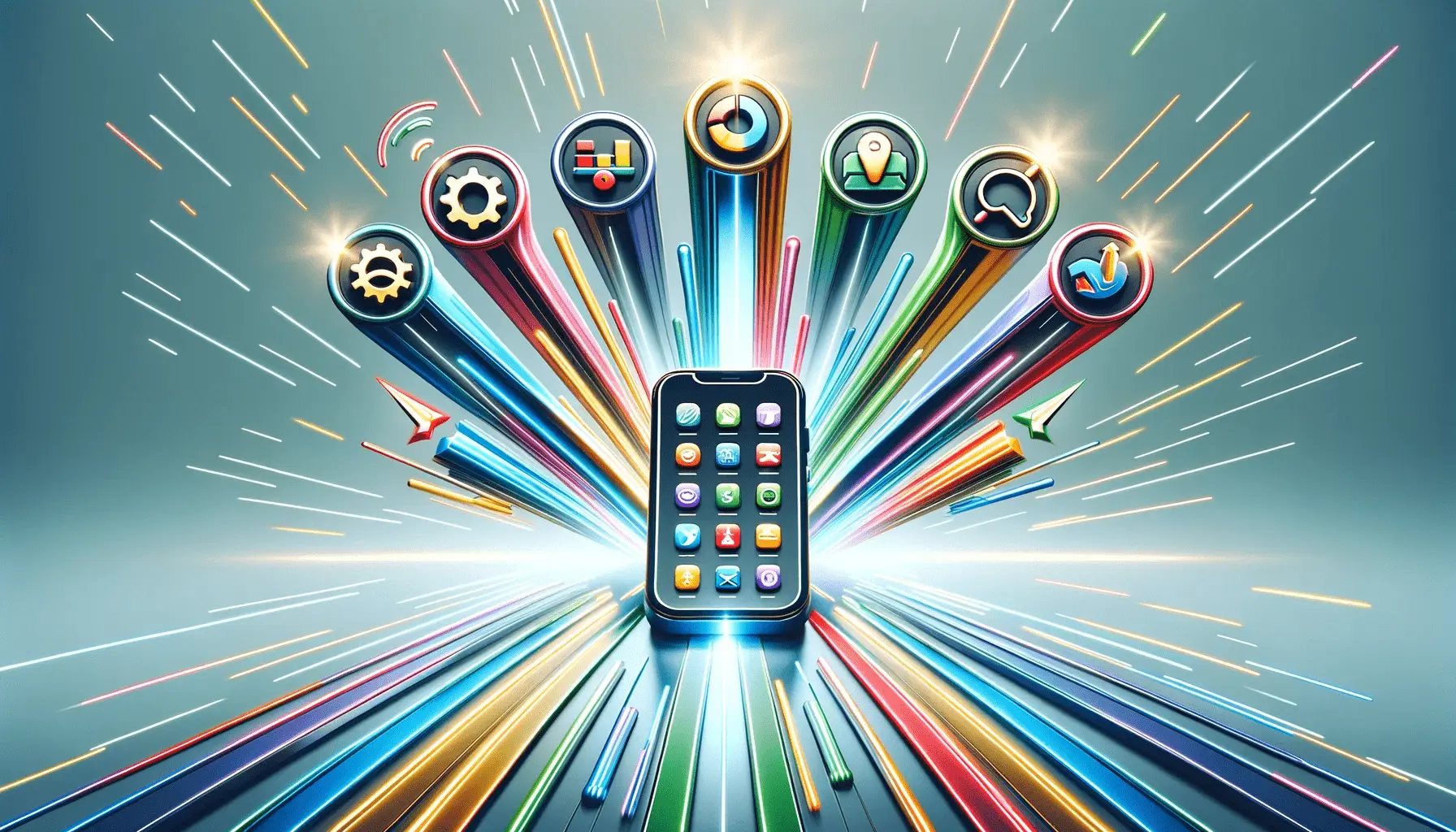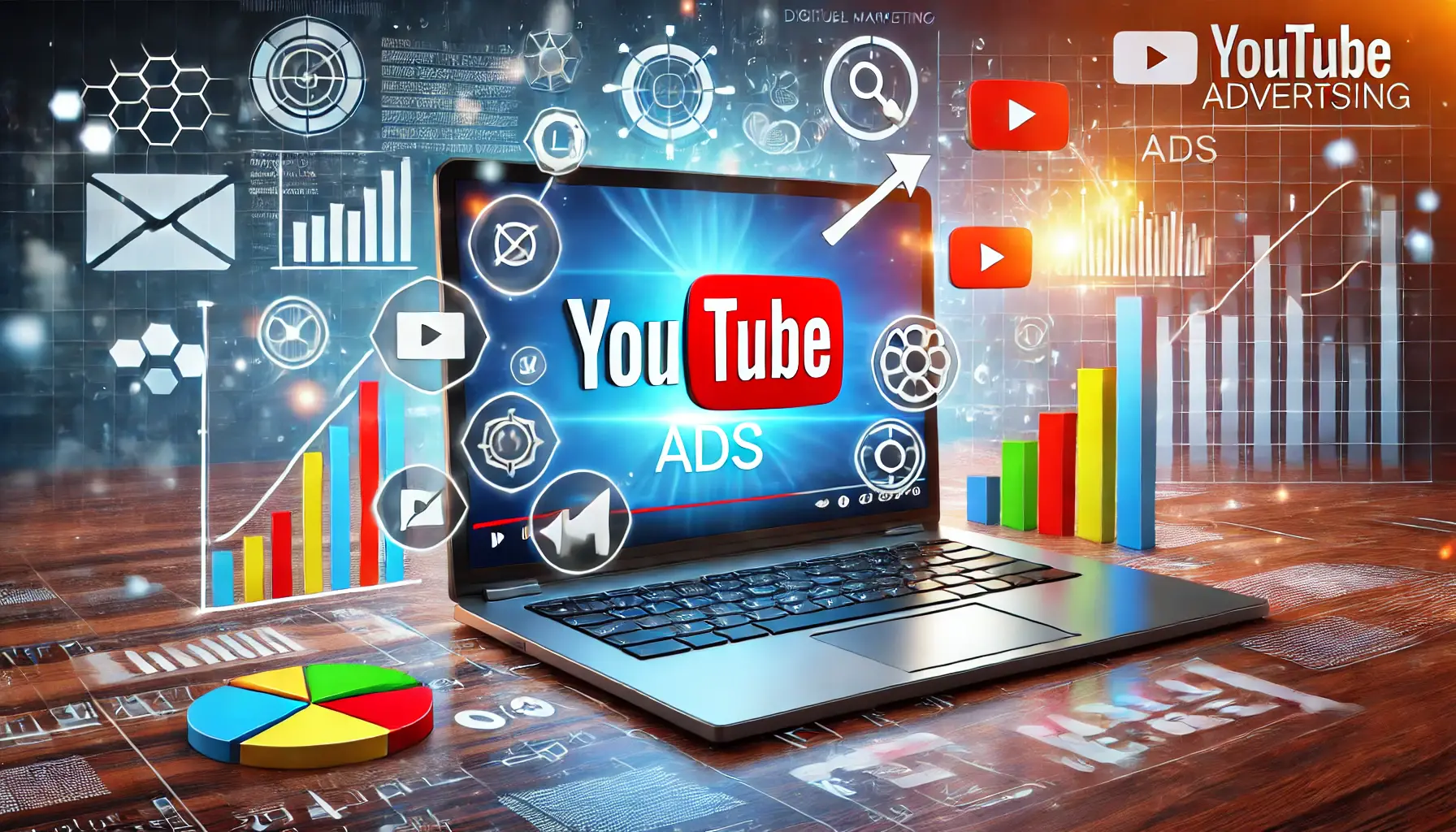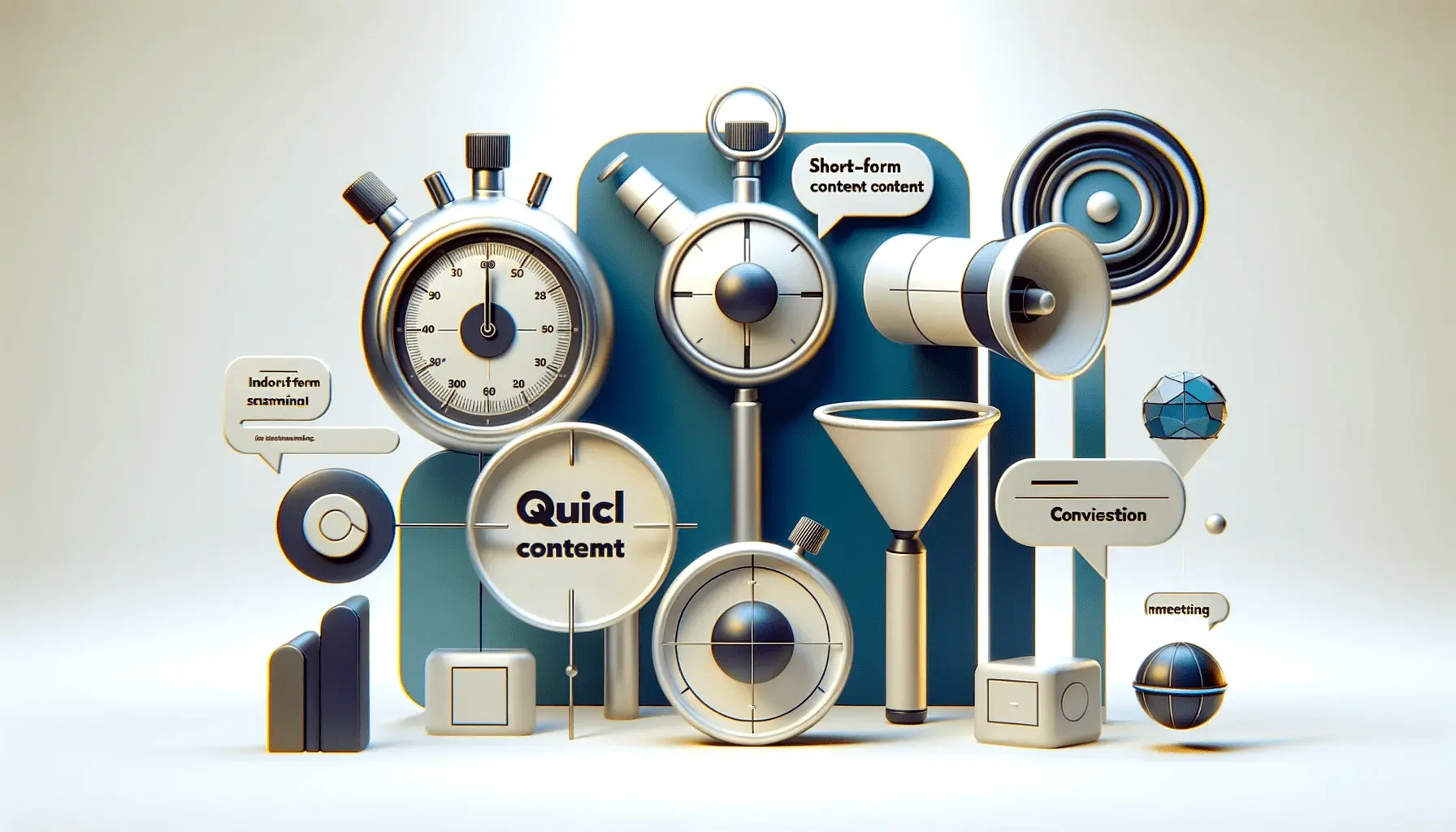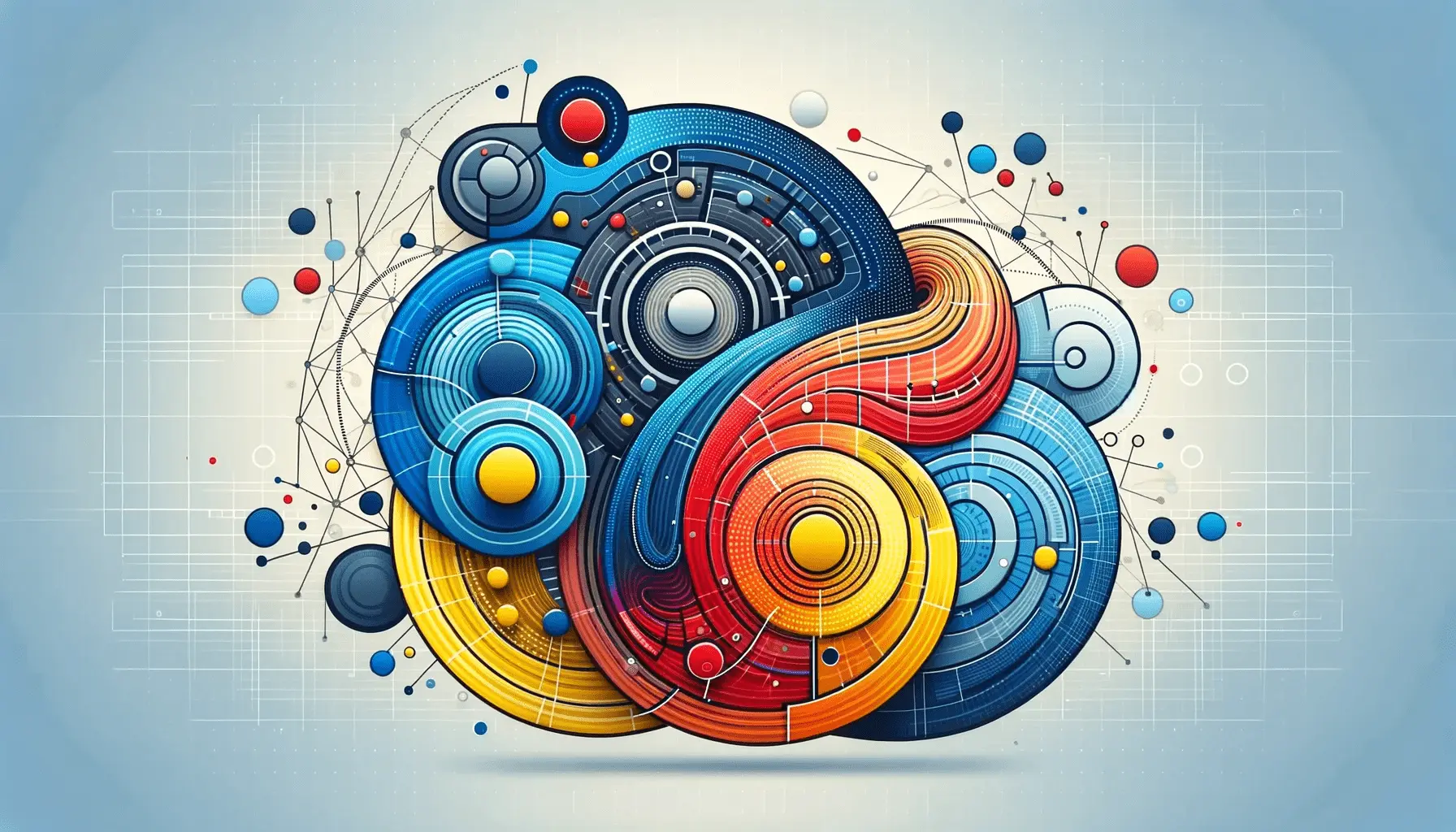In the fast-paced world of digital marketing, adaptability and evolution are key components that lead to success.
Automation has emerged as a game-changer, transforming how app advertisements are created, managed, and optimized.
Whether you are a small developer or managing campaigns for large enterprises, embracing automation can streamline processes and save time.
This can also have a significant positive impact on ad performance.
This article will explore how you can harness the power of automation to elevate your app advertising strategy to the next level.
- Understanding Automation in Google App Ads
- Setting Up Automated Rules for App Campaigns
- Leveraging Machine Learning for Ad Optimization
- Utilizing Automated Bidding Strategies in App Campaigns
- Monitoring and Adjusting Automated App Campaigns
- Maximizing Success with Automation in App Advertising
- Frequently Asked Questions About Automation in App Advertising
Understanding Automation in Google App Ads
Automation in app advertising leverages technology to handle repetitive tasks, optimize bids, and make data-driven decisions in real time.
By automating key aspects of your campaigns, you can focus more on strategy and creativity while letting advanced systems take care of the heavy lifting.
But how does it all work?
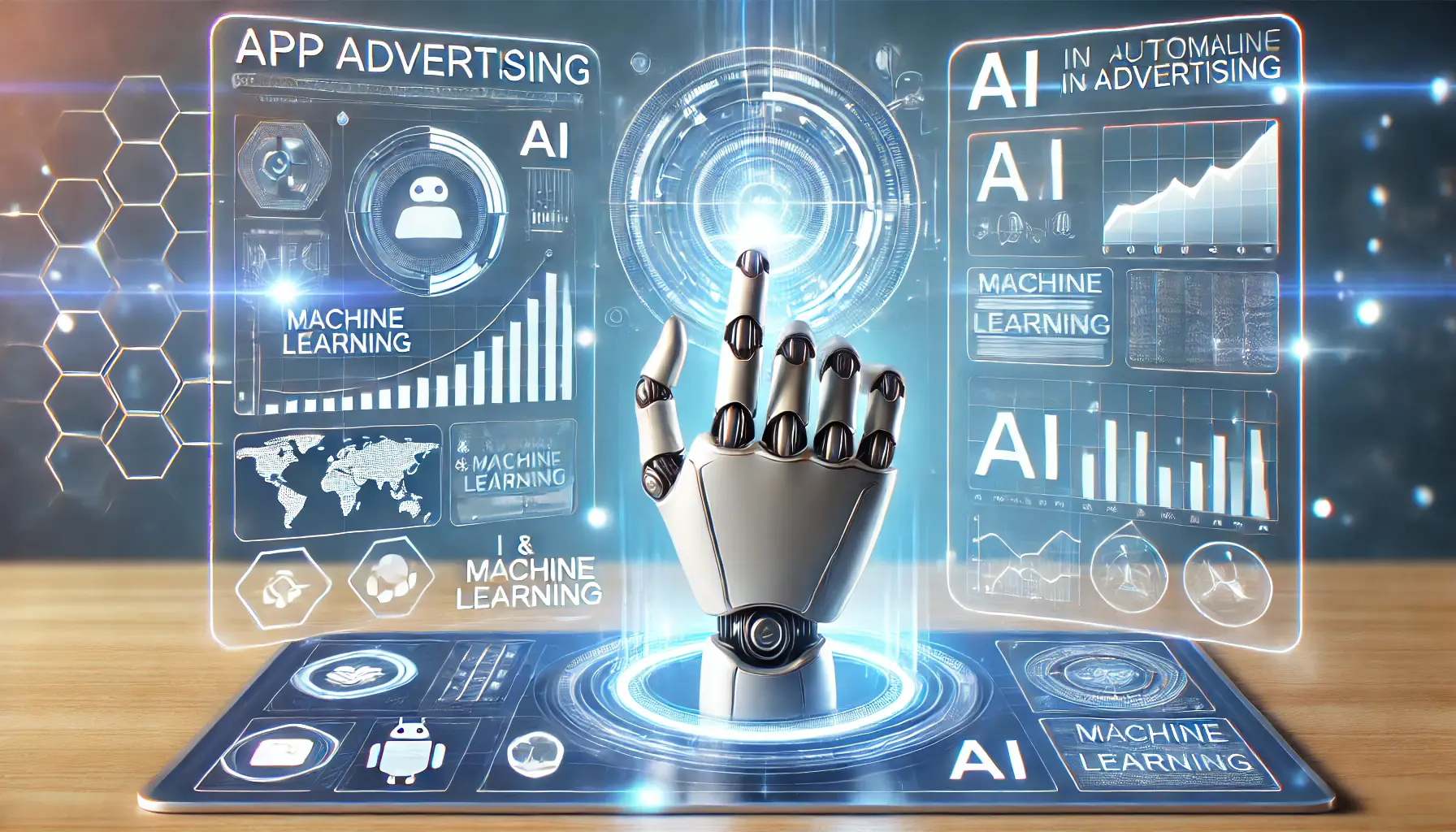
Visualizing automation in app advertising with AI-powered tools.
What is Automation in App Advertising?
Automation in app advertising refers to using tools and algorithms to manage campaign elements such as bidding, targeting, and creative placement.
Platforms like Google AdsAn online advertising platform by Google that allows advertisers to display ads on Google search results and its network. have integrated machine learningA type of artificial intelligence that enables systems to learn and improve from data without being explicitly programmed. to analyze vast datasets and implement changes that maximize ad performance without manual intervention.
- Time Efficiency: Automation saves countless hours by eliminating manual adjustments.
- Consistency: Automated systems reduce human error, ensuring consistent performance.
- Scalability: Campaigns can grow without requiring a proportional increase in resources.
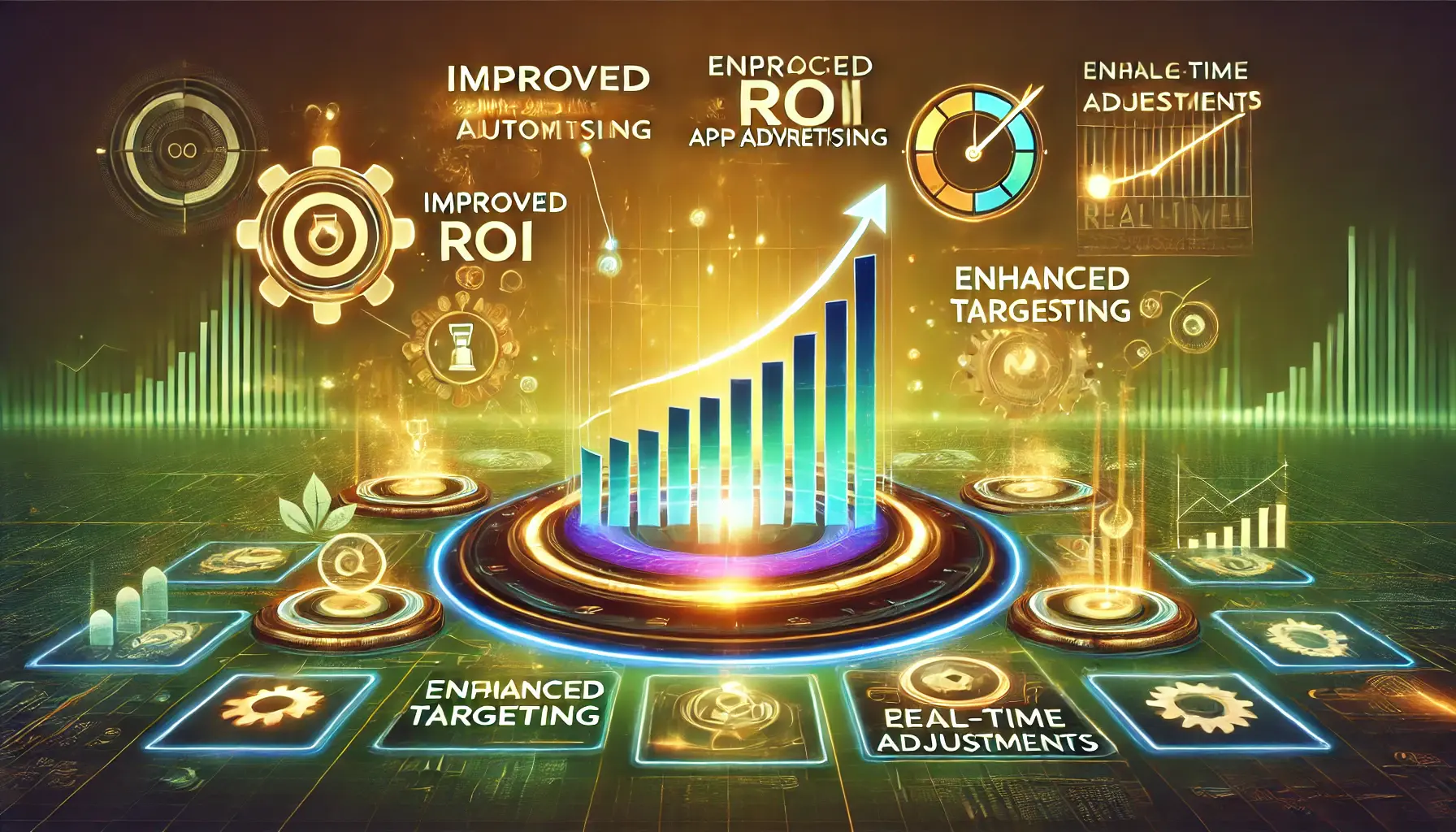
Highlighting the benefits of automation in app advertising.
Benefits of Implementing Automation
There are several reasons why automation is becoming a standard practice in app advertising:
- Improved ROI: Automation optimizes bids and budgets for better returns.
- Enhanced Targeting: Advanced algorithms pinpoint the right audience, increasing conversions.
- Real-Time Adjustments: Automated systems can adapt to market trends instantly, ensuring relevance.
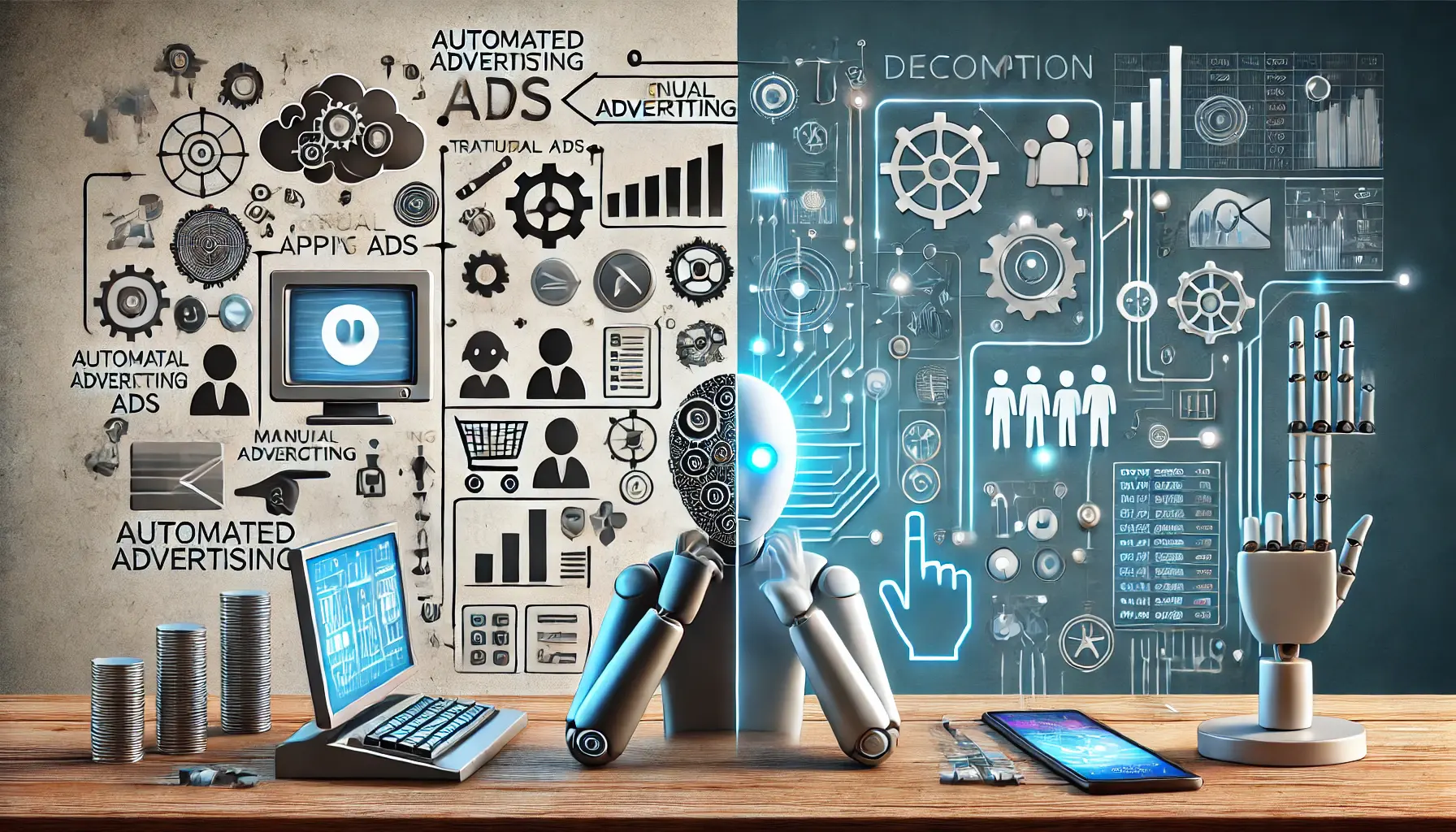
Breaking down misconceptions about automated app ads.
Common Misconceptions About Automated App Ads
Despite its rising popularity, automation is often misunderstood.
Let’s debunk some myths:
- “Automation Removes Control: ” While it reduces manual work, you still maintain strategic oversight.
- “It’s Only for Big Budgets: ” Automation is scalable and accessible for campaigns of all sizes.
- “It’s a Set-and-Forget Tool: ” Successful automation requires regular monitoring and tweaks.
Indeed, as you can see, Google App Ads automation offers significant opportunities for marketers.
By understanding the mechanics and advantages of automation, you can use this potent tool to improve your results while focusing on creative innovation.
Automation in Google App Ads simplifies campaign management, ensuring consistency, efficiency, and scalability. Embrace it to focus on strategy and creativity.
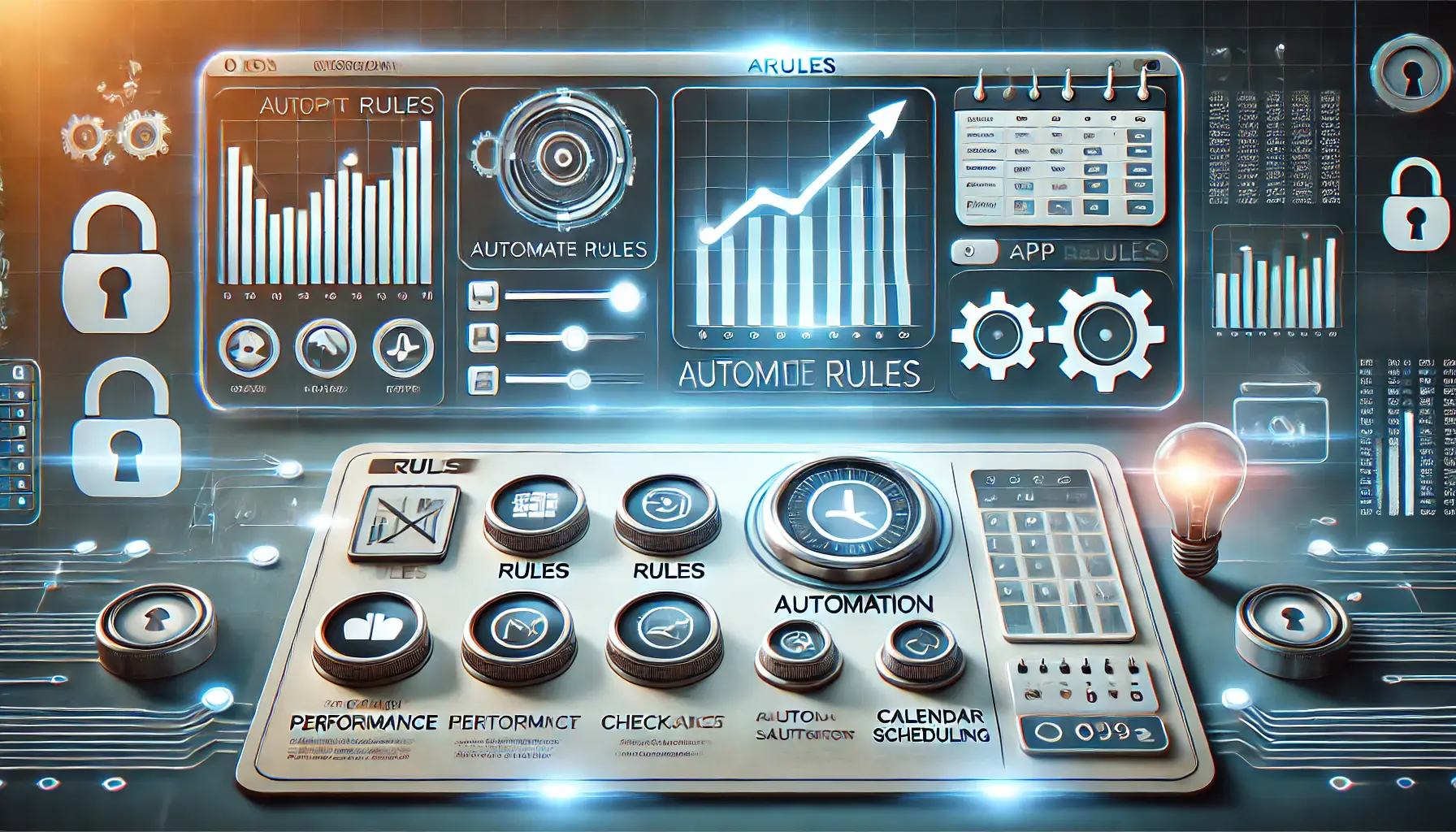
Illustrating the process of setting up automated rules for app campaigns.
Setting Up Automated Rules for App Campaigns
Implementing automated rules in your app campaigns can significantly enhance efficiency and performance.
By automating routine tasks, you can focus on strategic decision-making and creative development.
Let’s explore how to set up these rules effectively.
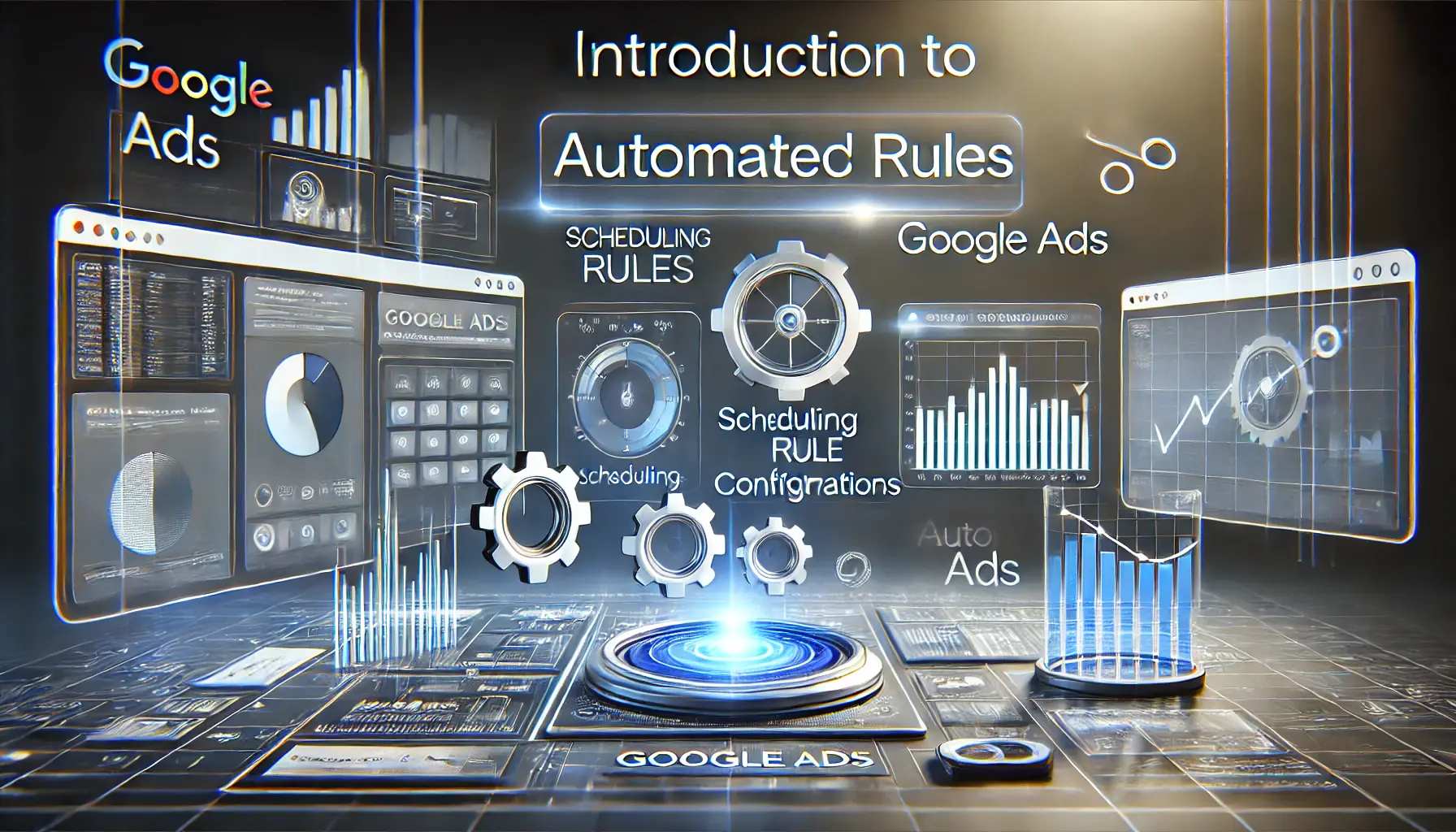
Exploring automated rules in Google Ads for efficient campaign management.
Introduction to Automated Rules in Google Ads
Automation rules in Google Ads make it possible to schedule something in your account to occur when conditions you specify are met.
With this feature, you can automatically adjust bids, budgets, statuses, and much more to keep your campaigns running smoothly without manual checks.
- Time-Saving: Automate regular tasks, so you can focus on strategic planning.
- Consistency: Enjoy consistent campaign performance with predefined rules.
- Responsiveness: Quickly adapt to market changes with automated adjustments.

A step-by-step guide to setting up automated rules in Google Ads.
Step-by-Step Guide to Creating Automated Rules
Setting up automated rules in Google Ads involves a straightforward process:
- Access Your Google Ads Account: Log in and navigate to the campaign or ad group you wish to automate.
- Select ‘Rules’: Click on the ‘Tools & Settings’ icon, then choose ‘Rules’ under the ‘Bulk Actions’ section.
- Create a New Rule: Click the plus button to create a new rule and select the kind of rule you want to implement, such as ‘Pause campaigns’.
- Define Conditions: Specify what conditions need to be met for the rule to trigger, such as ‘Cost per conversion > $10’.
- Schedule Frequency: Set how often you want the rule to run, such as daily or weekly.
- Review and Save: Double-check your settings and save the rule.
For detailed instructions, refer to Google’s official guide on setting up automated rules.
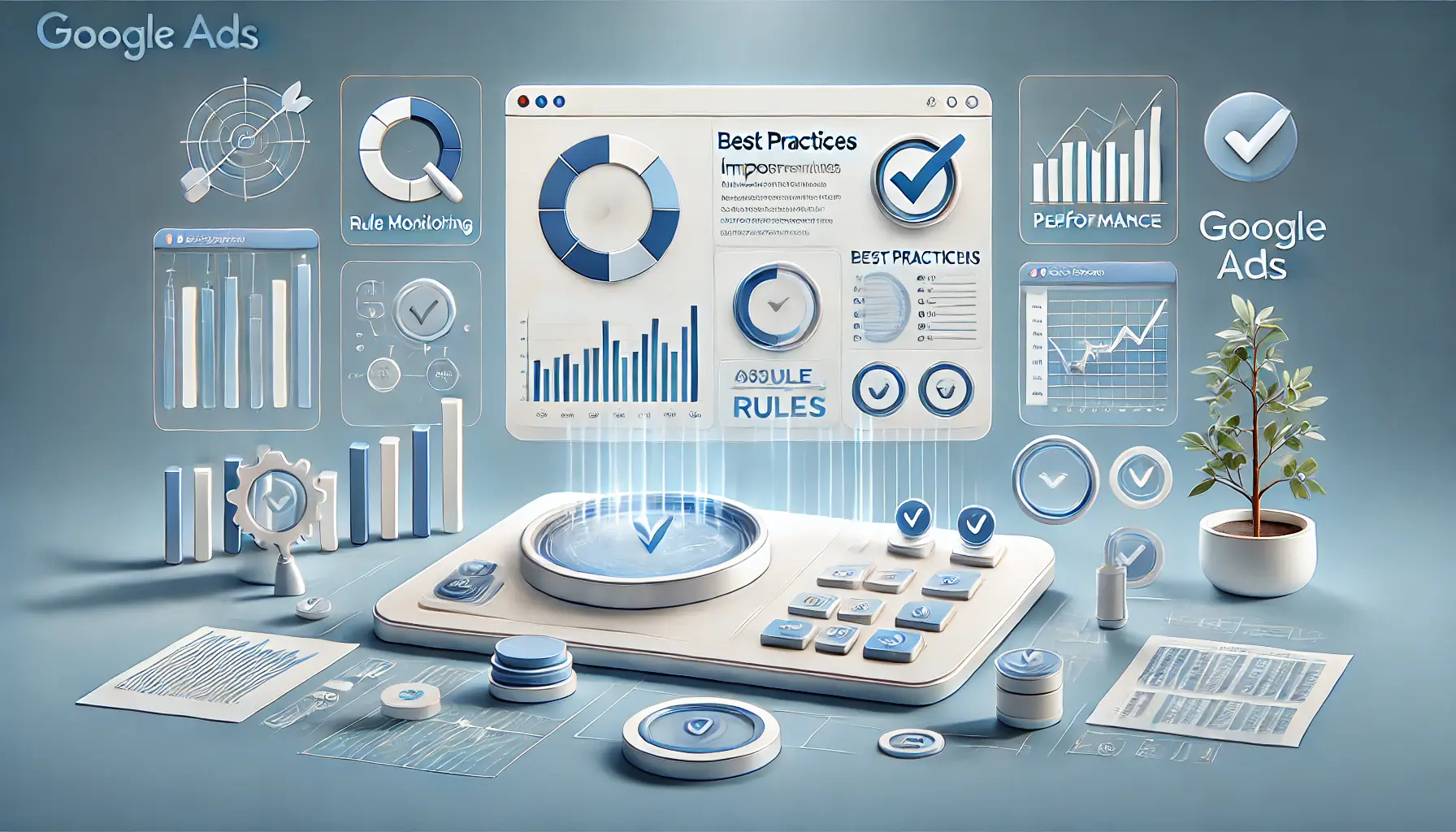
Implementing best practices for automated rules in Google Ads.
Best Practices for Effective Rule Implementation
To maximize the benefits of automated rules, consider the following best practices:
- Start Simple: Begin with basic rules to understand their impact before implementing complex automations.
- Monitor Performance: Regularly review the outcomes of your automated rules to ensure they are achieving desired results.
- Set Up Notifications via Email: Turn on email notifications to stay updated on rule performance and any issues that might arise.
- Test Before Scaling: Run your new rule on a small percentage of your campaign to determine its effectiveness before scaling up.
By thoughtfully setting up and managing automated rules, you can enhance the efficiency and effectiveness of your app campaigns, leading to improved performance and better resource allocation.
Start small with automated rules to streamline tasks and focus on creative innovation in your campaigns.
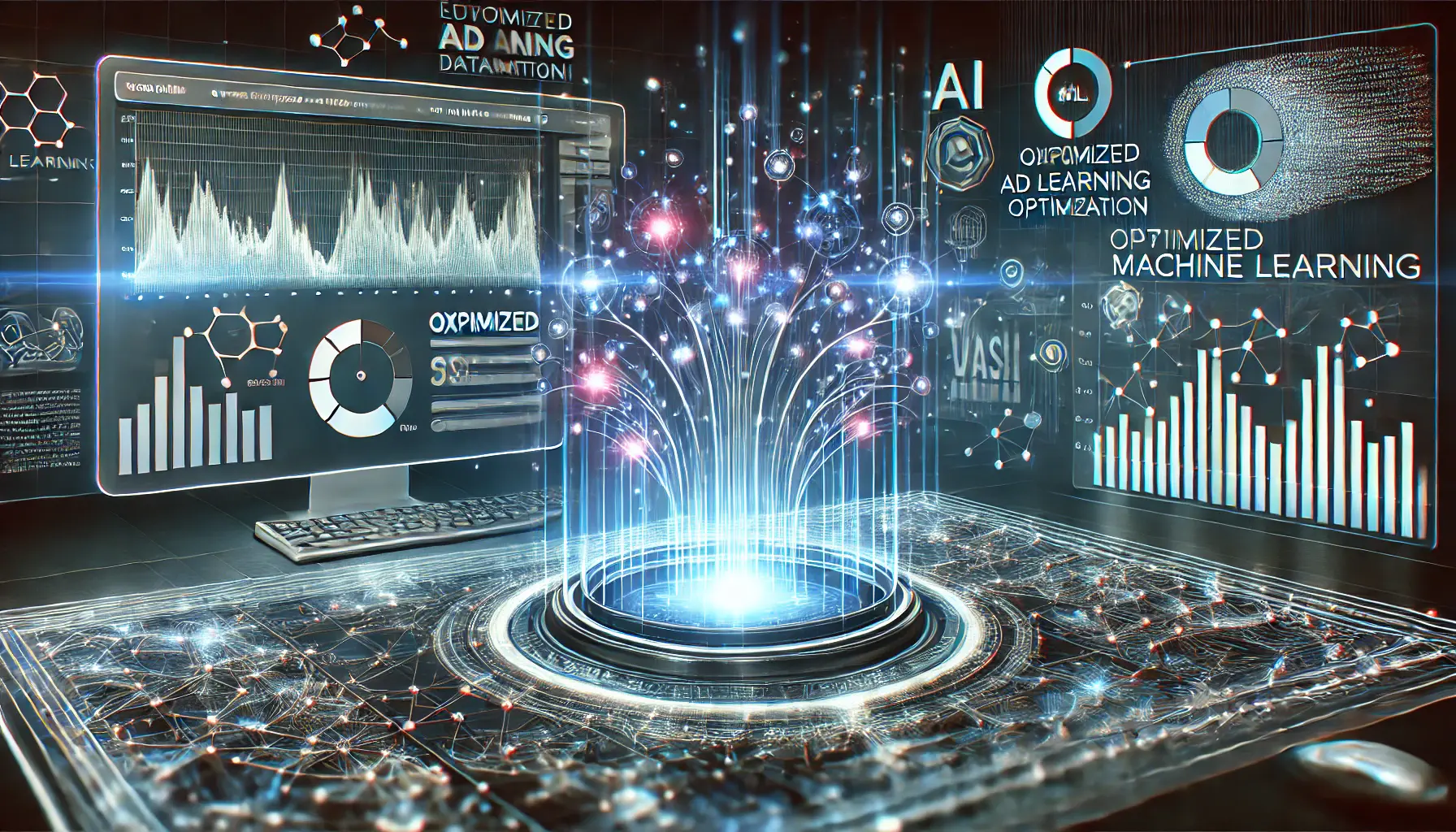
Leveraging machine learning to optimize ad performance.
Leveraging Machine Learning for Ad Optimization
In the evolving landscape of digital marketing, machine learning (ML) has become a pivotal tool for optimizing app advertisements.
By analyzing vast datasets and identifying patterns, ML enables marketers to enhance ad performance, target audiences more precisely, and maximize return on investment (ROI).
Let’s delve into how you can effectively leverage machine learning for ad optimization.
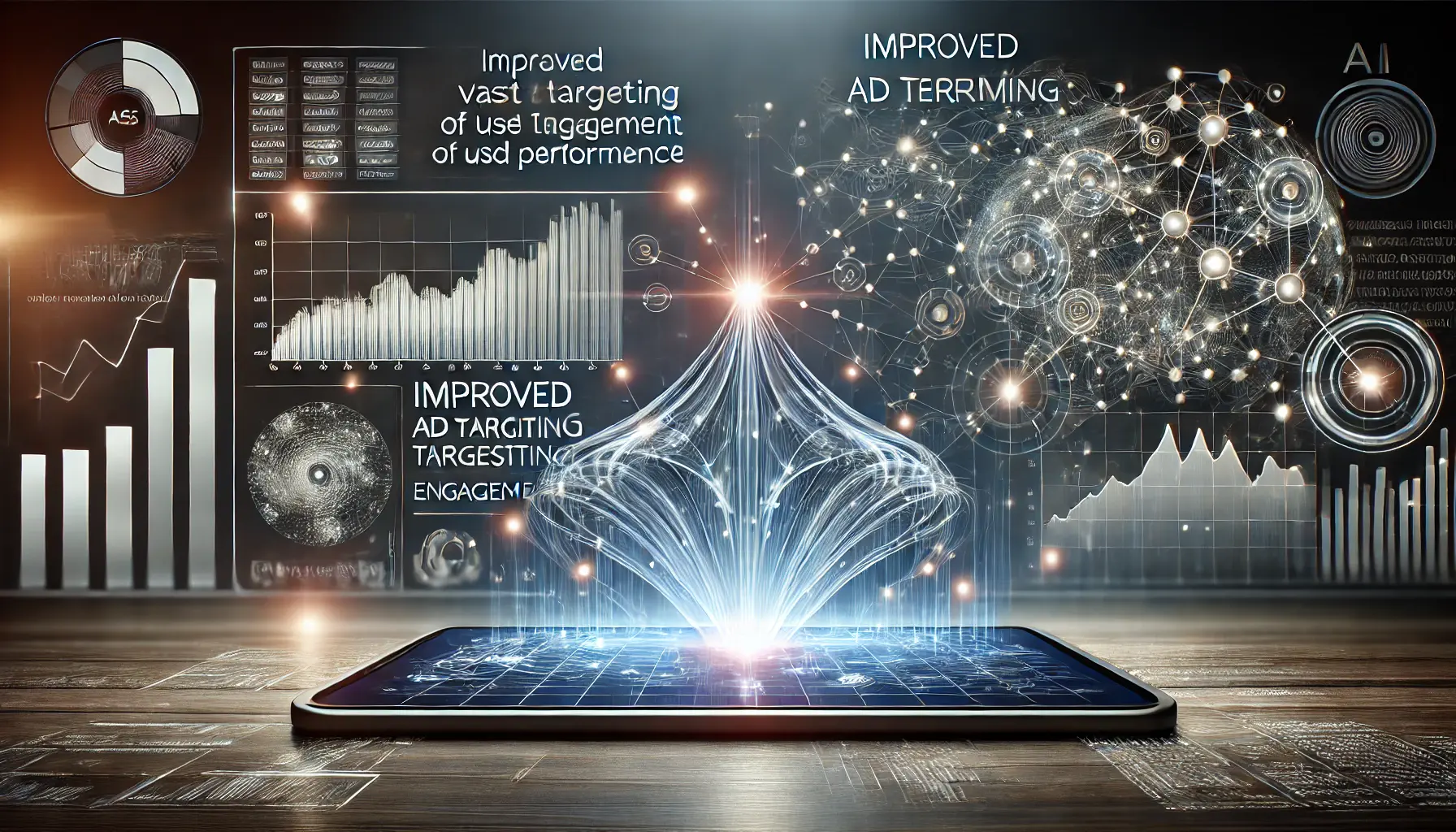
How machine learning optimizes ad performance through data analysis.
How Machine Learning Enhances Ad Performance
Machine learning algorithms process extensive data to uncover insights that inform ad strategies.
Here is how ML can help improve ad performance:
- Predictive Analytics: ML models predict user behaviors, enabling proactive adjustments to ad content and placement.
- Personalization: By analyzing user preferences, ML delivers tailored ads that resonate with users, increasing their engagement.
- Real-Time Bidding Optimization: ML assesses bid strategies in real time, ensuring optimal ad placements within budget constraints.
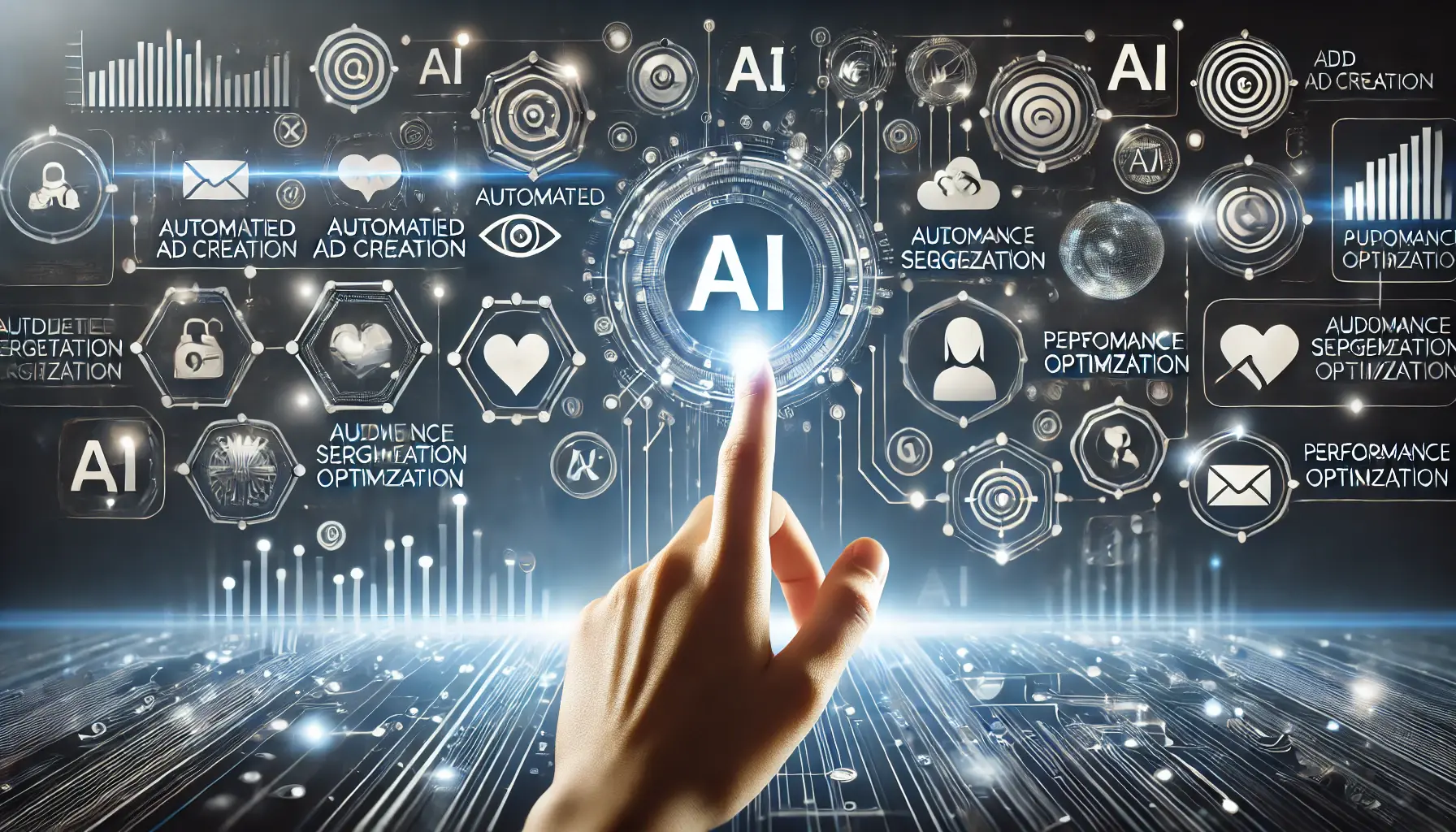
Integrating AI tools for optimizing app campaigns.
Integrating AI Tools into Your App Campaigns
Incorporating artificial intelligenceThe simulation of human intelligence processes by machines, especially computer systems. (AI) tools into your app advertising campaigns can streamline processes and enhance outcomes.
Consider the following approaches:
- Automated Ad Creation: Utilize AI-powered platforms to generate ad creatives based on user data and campaign objectives.
- Audience Segmentation: Leverage ML algorithms to better segment audiences for targeted messaging.
- Performance Monitoring: Set up AI tools to track ad performance in real time and recommend evidence-based optimizations.
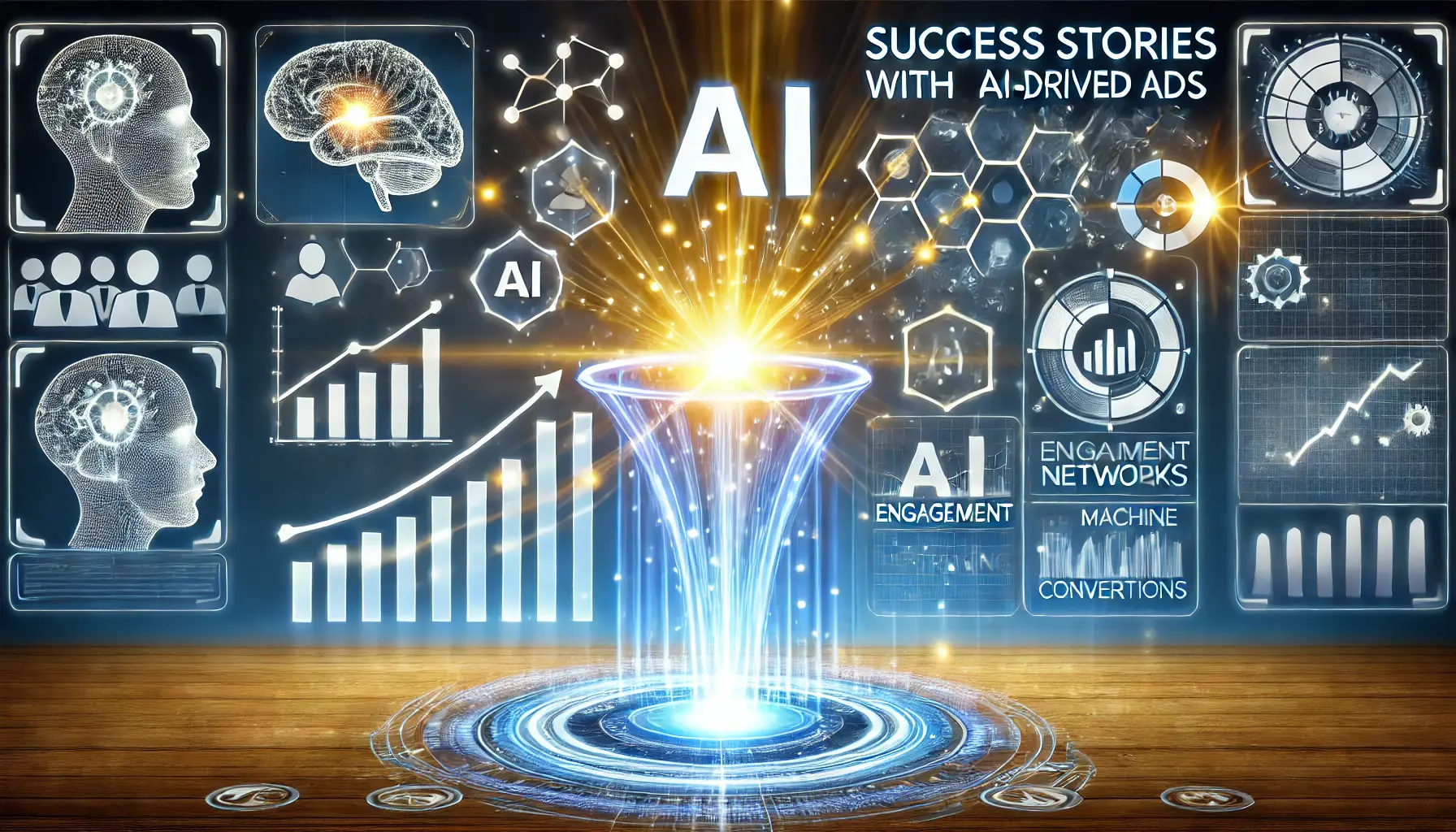
Illustrating the success of AI-driven ads through case studies.
Success Stories with AI-Driven Ads: Case Studies
Several companies have realized fantastic results by incorporating AI into their advertising strategies.
For example:
- Headway: This Ukrainian edtech startup utilized AI technologies like ChatGPT, Midjourney, and HeyGen to boost ad performance by 40%, achieving 3.3 billion ad impressions in the first half of 2024.
- Meta: By developing large AI models capable of supporting various inputs and predicting multiple advertiser goals, Meta enhanced ad targeting and measurement, with over 1 million advertisers utilizing its generative AI ad features within a month.
These examples are proof of the transformative power of AI and machine learning, driving ad optimization to the next level, improving engagement, and increasing ROI.
By embracing machine learning and integrating AI tools into your app campaigns, you can gain a competitive edge in digital advertising, delivering more efficient and personalized ads to your target audience.
Machine learning drives smarter ad decisions through predictive analyticsThe use of statistical methods and machine learning to predict future outcomes based on historical data., personalization, and real-timeThe immediate processing of data or actions as they occur without noticeable delay. optimization.
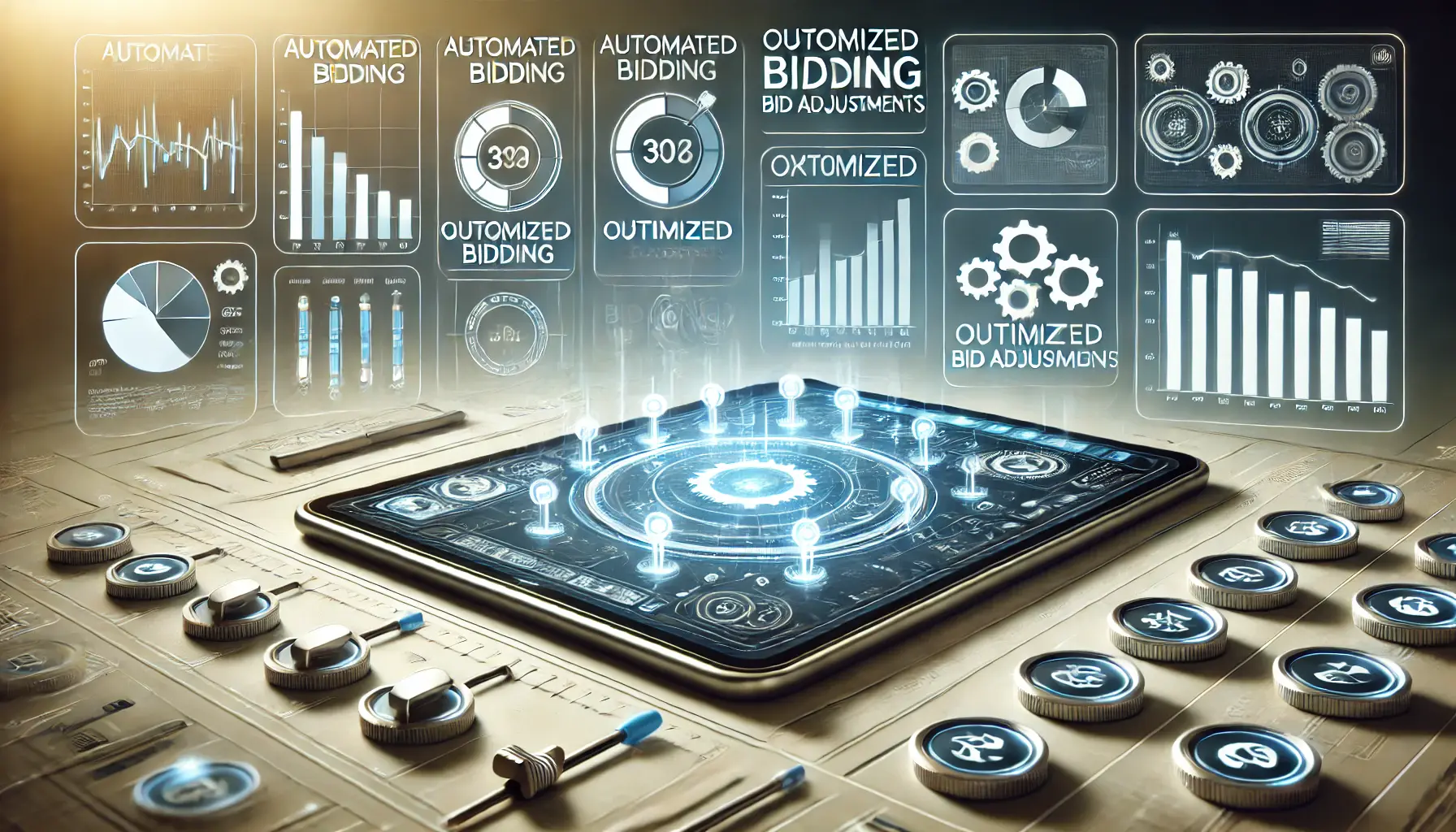
Utilizing automated bidding strategies to optimize app campaigns.
Utilizing Automated Bidding Strategies in App Campaigns
In the dynamic realm of app advertising, automated bidding strategies have become indispensable for optimizing campaign performance.
By leveraging machine learning algorithms, these strategies adjust bids in real time to achieve specific objectives, such as maximizing conversions or enhancing return on investment (ROI).
Let’s explore how to effectively implement automated bidding in your app campaigns.
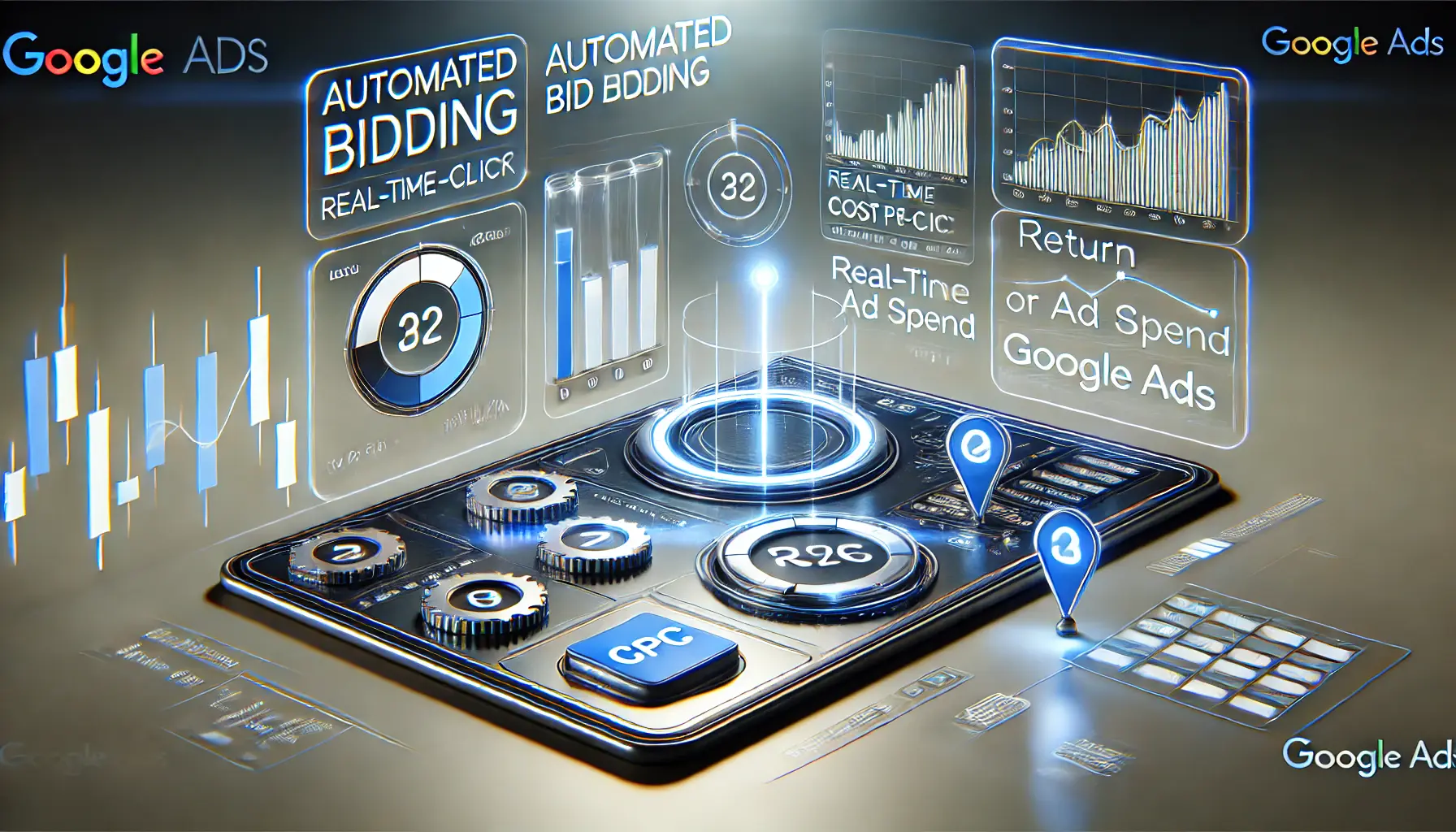
Understanding automated bidding strategies in Google Ads.
Understanding Automated Bidding in Google Ads
Google Ads enables automated bidding, designed to set the right bids on your advertisements to achieve desired outcomes.
This approach eliminates the need for manual bid adjustmentsModifications to ad bids in online advertising based on factors like device type, location, or time of day., saving you time to focus on strategizing.
Key automated bidding strategies include:
- Target CPA: Sets bids to get as many conversions as possible at the target cost per action you set.
- Target ROAS (Return on Ad Spend): Optimizes bids to maximize conversion value while achieving your target return on ad spend.
- Maximize Conversions: Automatically sets bids to help get the most conversions within your budget.
- Maximize Conversion Value: Focuses on maximizing the total conversion value of your campaign within your specified budget.
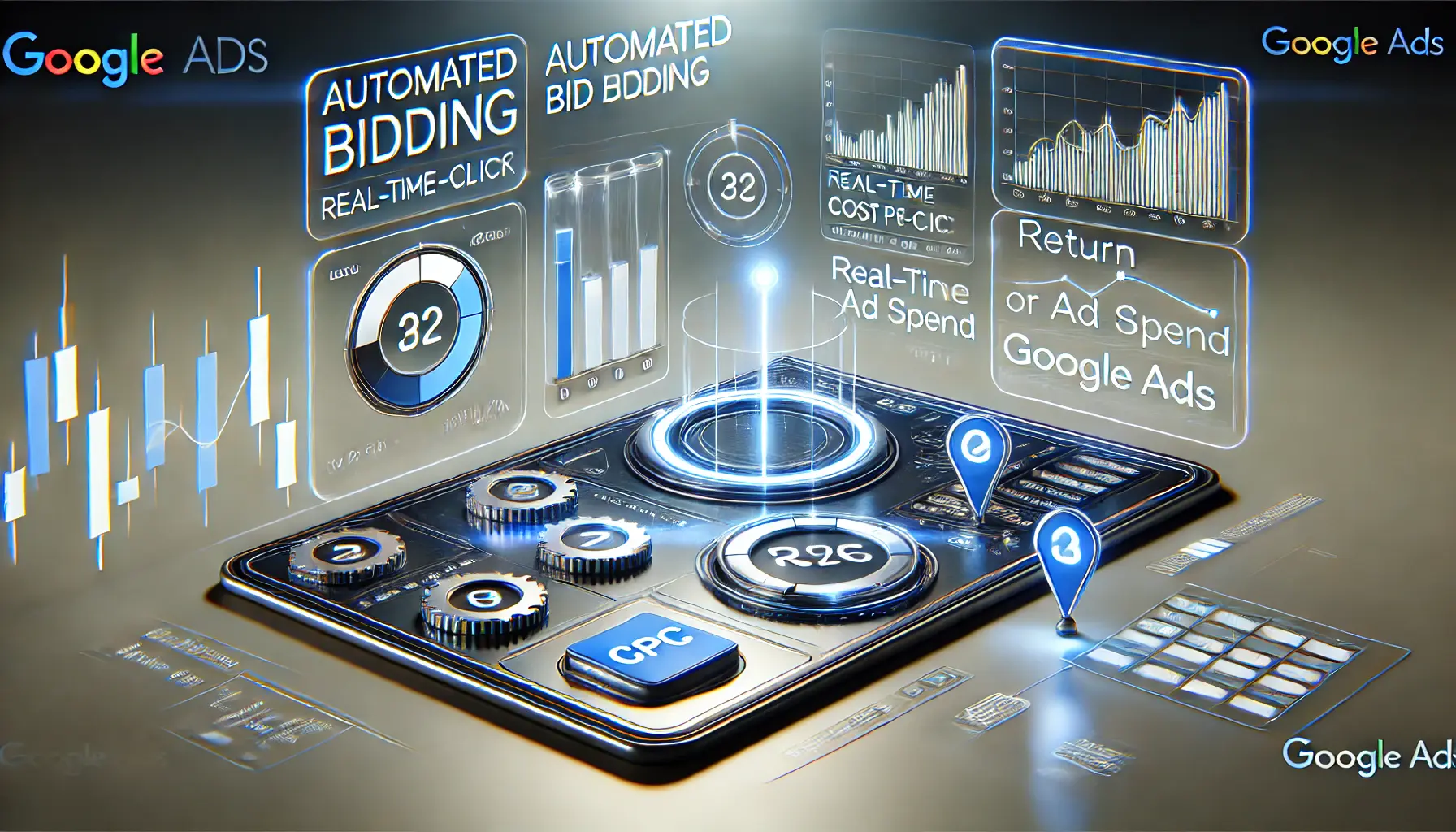
Understanding automated bidding strategies in Google Ads.
Automated Bidding Strategy Implementation
To effectively implement automated bidding in your app campaigns, consider the following steps:
- Define Clear Objectives: Determine what you aim to achieve, such as increasing app installs, boosting in-app purchases, or enhancing user engagement.
- Select the Appropriate Bidding Strategy: Choose a strategy that aligns with your goals. For instance, use Target CPA for acquiring new users at a specific cost or Target ROAS for maximizing revenue.
- Set Realistic Targets: Establish effective CPA or ROAS targets based on historical data to help the bidding algorithm work efficiently toward achieving those targets.
- Monitor and Adjust: Periodically review campaign performance and adjust targets as necessary to ensure optimal results.
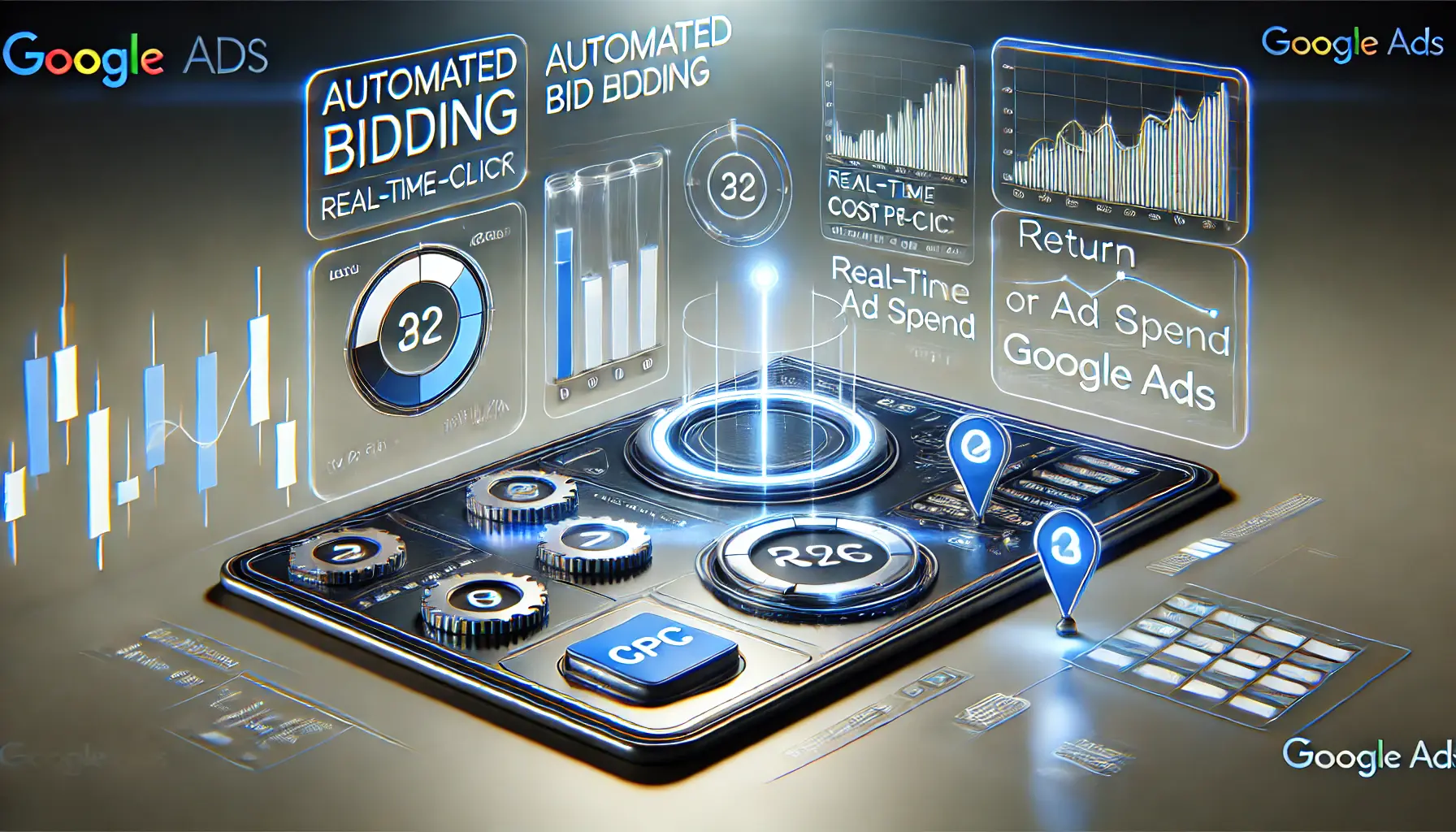
Understanding automated bidding strategies in Google Ads.
Best Practices for Automated Bidding
To maximize the benefits of automated bidding, follow these best practices:
- Allow a Learning Period: Give the algorithm ample time to learn and adjust, typically at least two weeks, before making significant changes.
- Maintain Data Quality: Ensure your conversion tracking is accurate and up to date to provide reliable data for the bidding algorithm.
- Segment Campaigns: Organize campaigns by different objectives or audience segments to enable tailored bidding strategies.
- Leverage Bid Adjustments: Use bid adjustments for device type, location, or time of day to refine targeting further.
By applying automated bidding strategies effectively, you can increase the efficiency and performance of your app campaigns, leading to better results and a higher return on investment.
Automated bidding strategies save time and enhance results by aligning bids with campaign objectives.
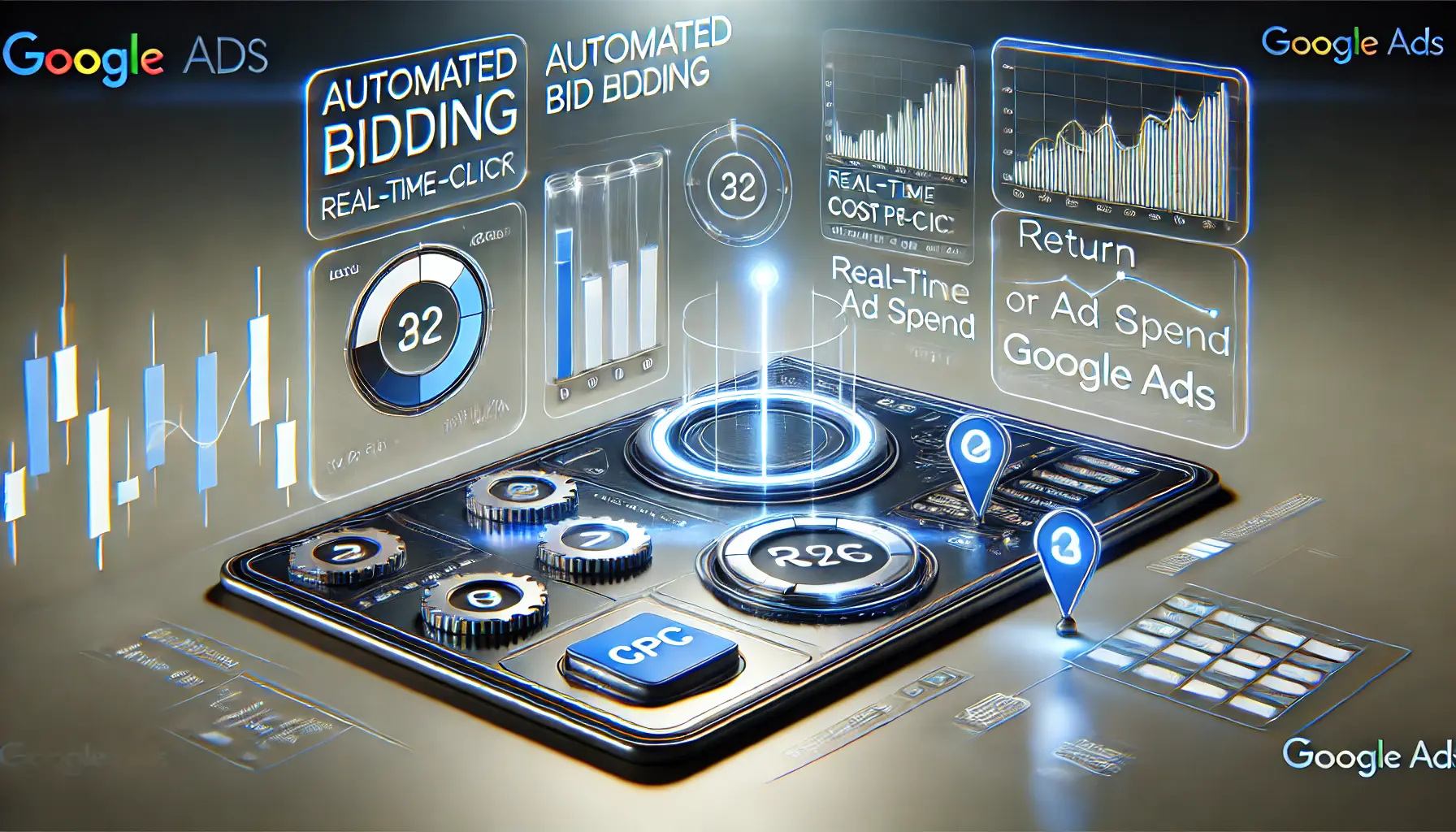
Understanding automated bidding strategies in Google Ads.
Monitoring and Adjusting Automated App Campaigns
Implementing automation in your app advertising campaigns can significantly enhance efficiency and performance.
However, to maximize the benefits, it’s crucial to continuously monitor and adjust these automated processes.
Regular oversight ensures that your campaigns remain aligned with your marketing objectives and adapt to changing market dynamics.
Let’s explore effective strategies for monitoring and adjusting automated app campaigns.
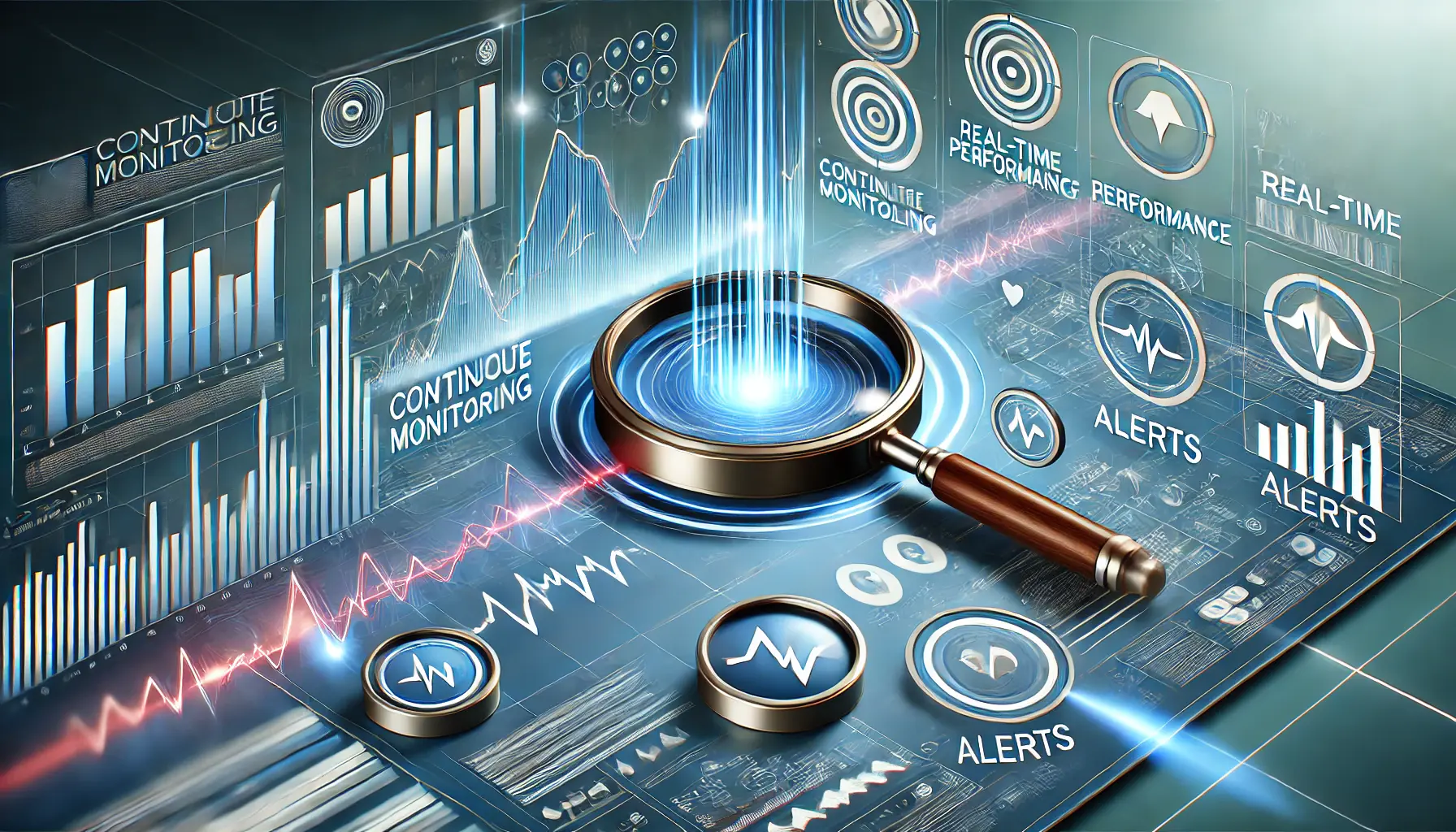
Emphasizing the importance of continuous monitoring in app campaigns.
Importance of Continuous Monitoring
Even with automation, continuous monitoring is essential to ensure your campaigns perform optimally.
Key reasons include:
- Detecting Anomalies: Regular monitoring helps identify unexpected changes in performance metrics, allowing for timely interventions.
- Adapting to Market Changes: The digital landscape is dynamic; monitoring enables you to adjust campaigns in response to new trends or competitor activities.
- Ensuring Goal Alignment: Continuous oversight ensures that automated processes remain aligned with your evolving marketing goals.
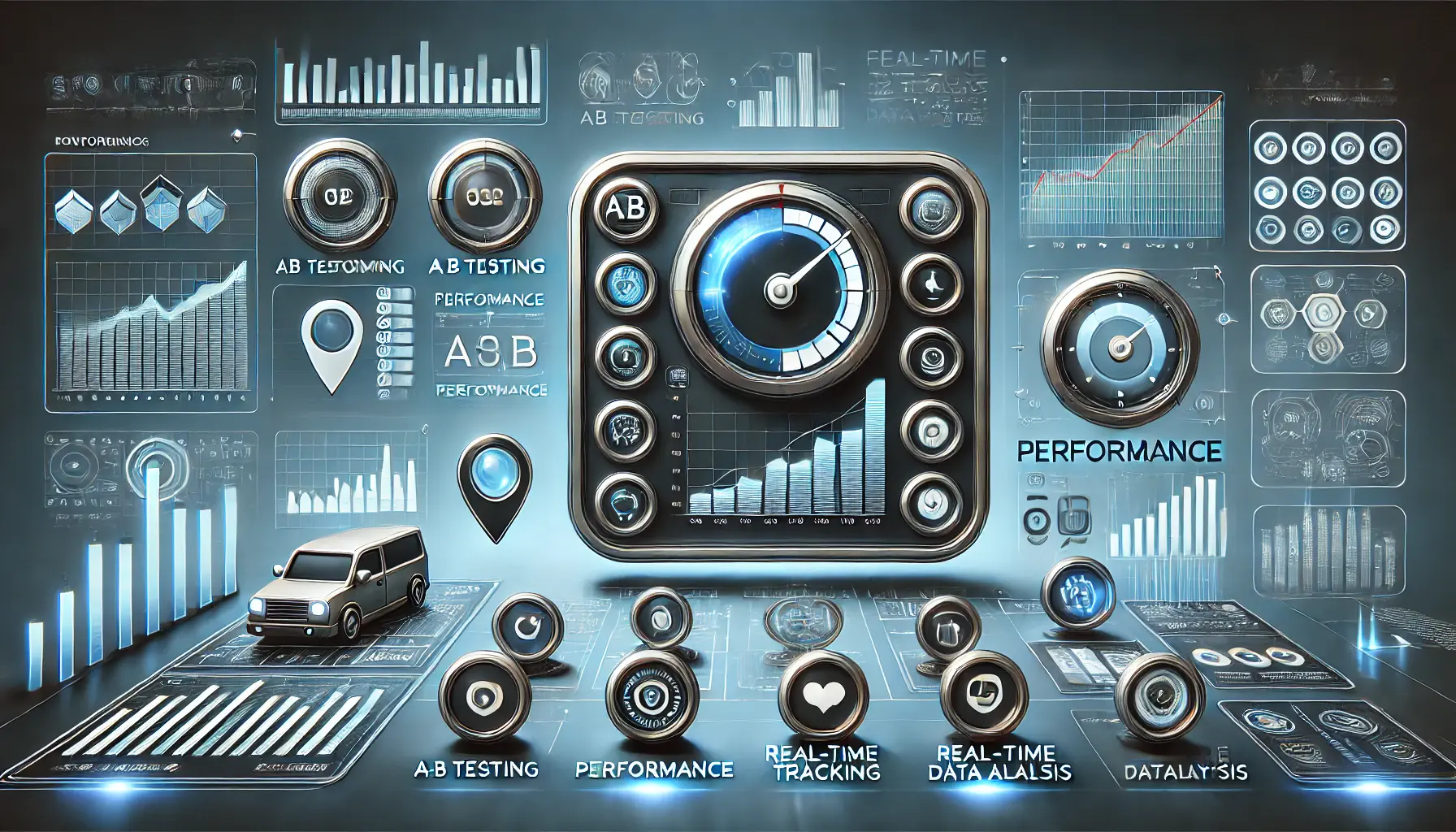
Visualizing tools and techniques for effective monitoring in app campaigns.
Tools and Techniques for Effective Monitoring
Utilize the following tools and techniques to monitor your automated app campaigns effectively:
- Analytics Platforms: Leverage platforms like Google Analytics to track user interactions and conversion metrics.
- Automated Alerts: Set up alerts to notify you of significant changes in key performance indicators (KPIs).
- Performance Dashboards: Create dashboards that provide real-time insights into campaign performance.
- A/B Testing: Regularly test different ad creatives and strategies to determine what works best.
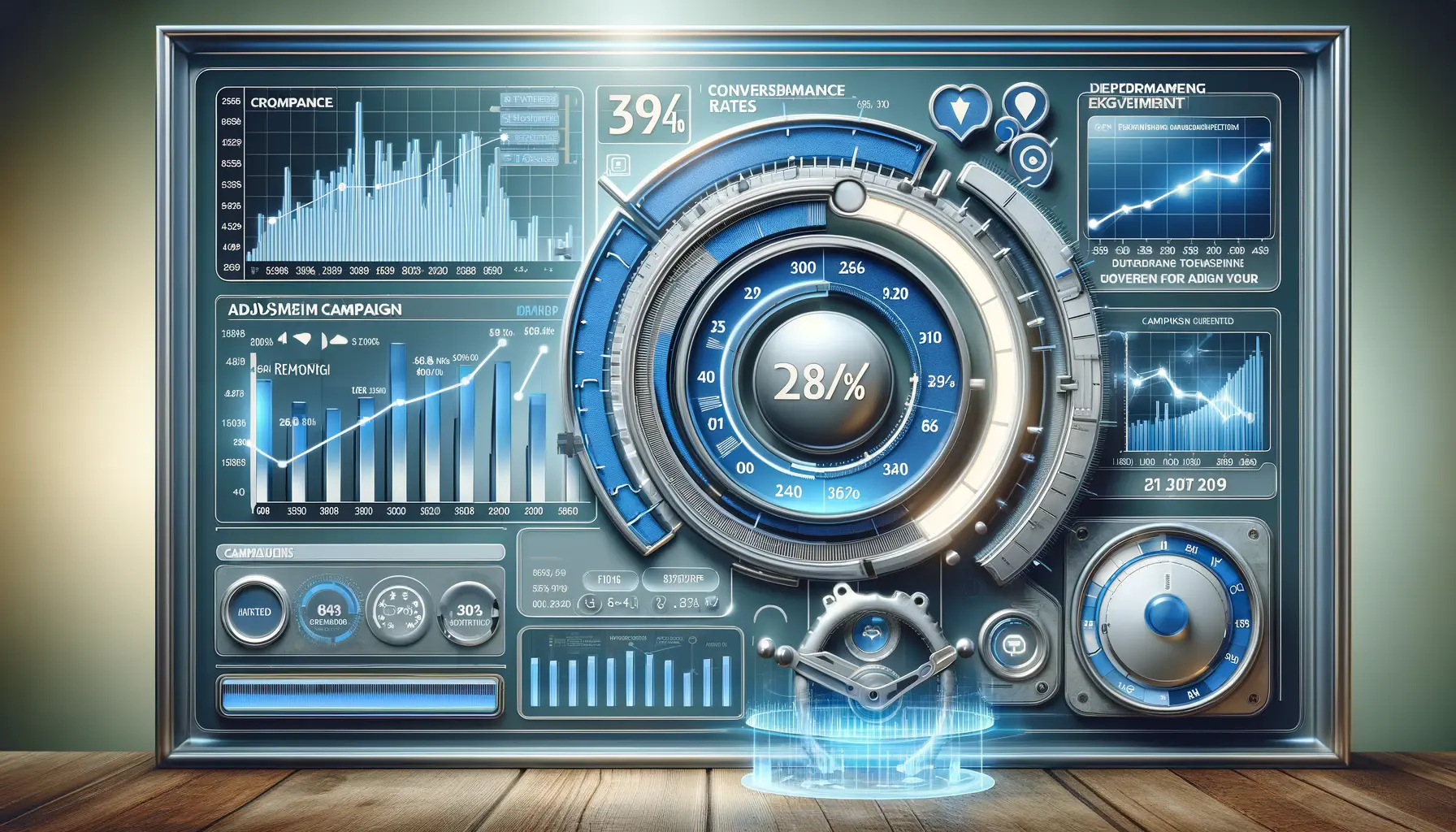
Adjusting app campaigns based on performance data insights.
Adjusting Campaigns Based on Performance Data
Based on the insights gathered from monitoring, make informed adjustments to your campaigns:
- Bid Modifications: Adjust bids for underperforming keywords or ad placements to optimize spend.
- Audience Refinement: Refine targeting parameters to focus on high-converting audience segments.
- Budget Reallocation: Move budgets from poorly performing campaigns to ones that yield better results.
- Ad Creative Updates: Update ad creatives regularly to keep them fresh, user-engaging, and relevant.
By consistently tracking and optimizing your automated app campaigns, you can ensure that performance continues to improve, increasing your return on investment.
Continuous monitoring ensures your automated campaigns remain effective and aligned with objectives.
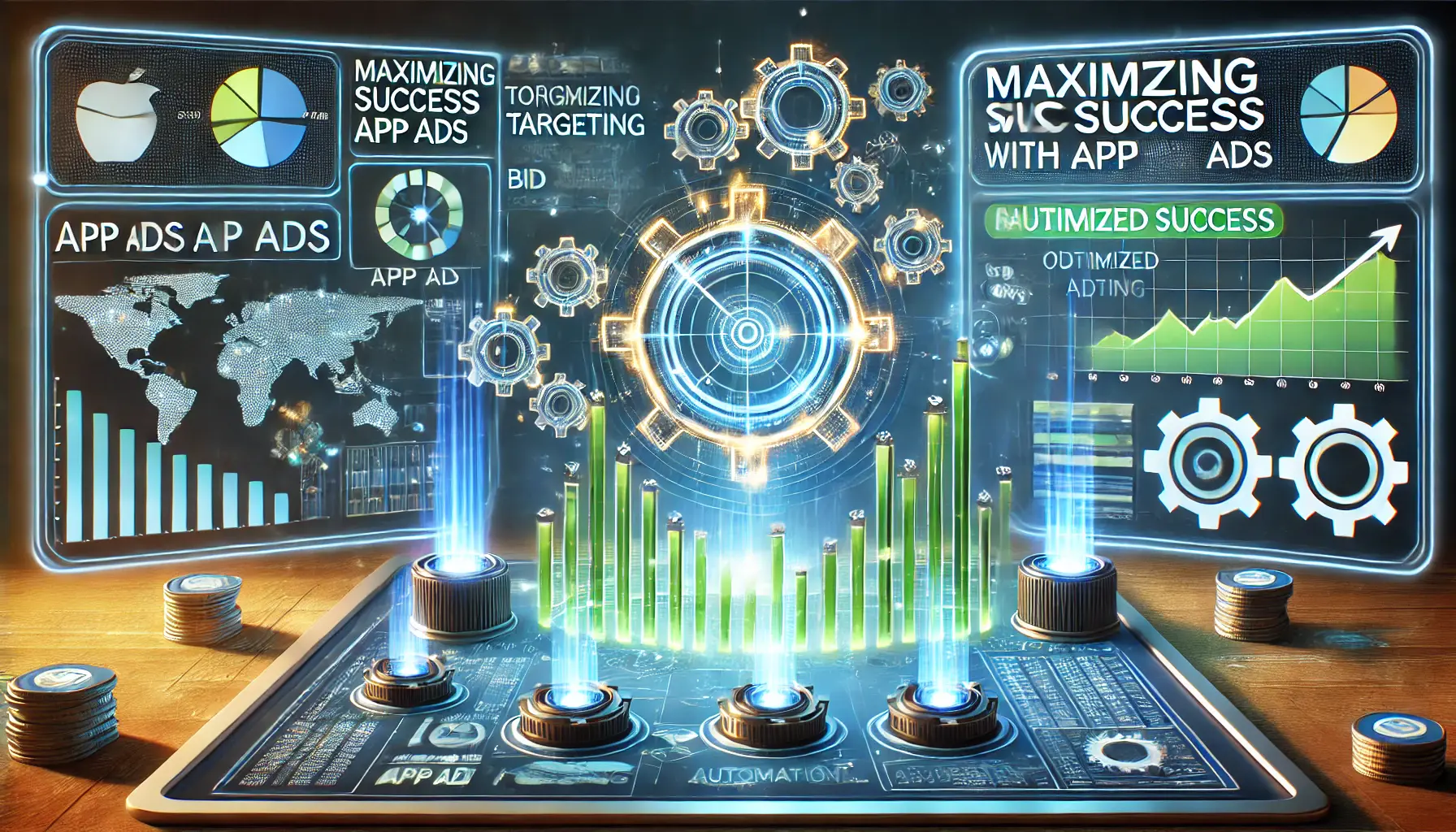
Maximizing success with automation in app advertising.
Maximizing Success with Automation in App Advertising
Automation has transformed the world of app advertising, offering marketers unparalleled opportunities to optimize campaigns, improve performance, and achieve strategic goals.
By understanding and leveraging the tools available, you can harness the full potential of automation to elevate your marketing efforts.
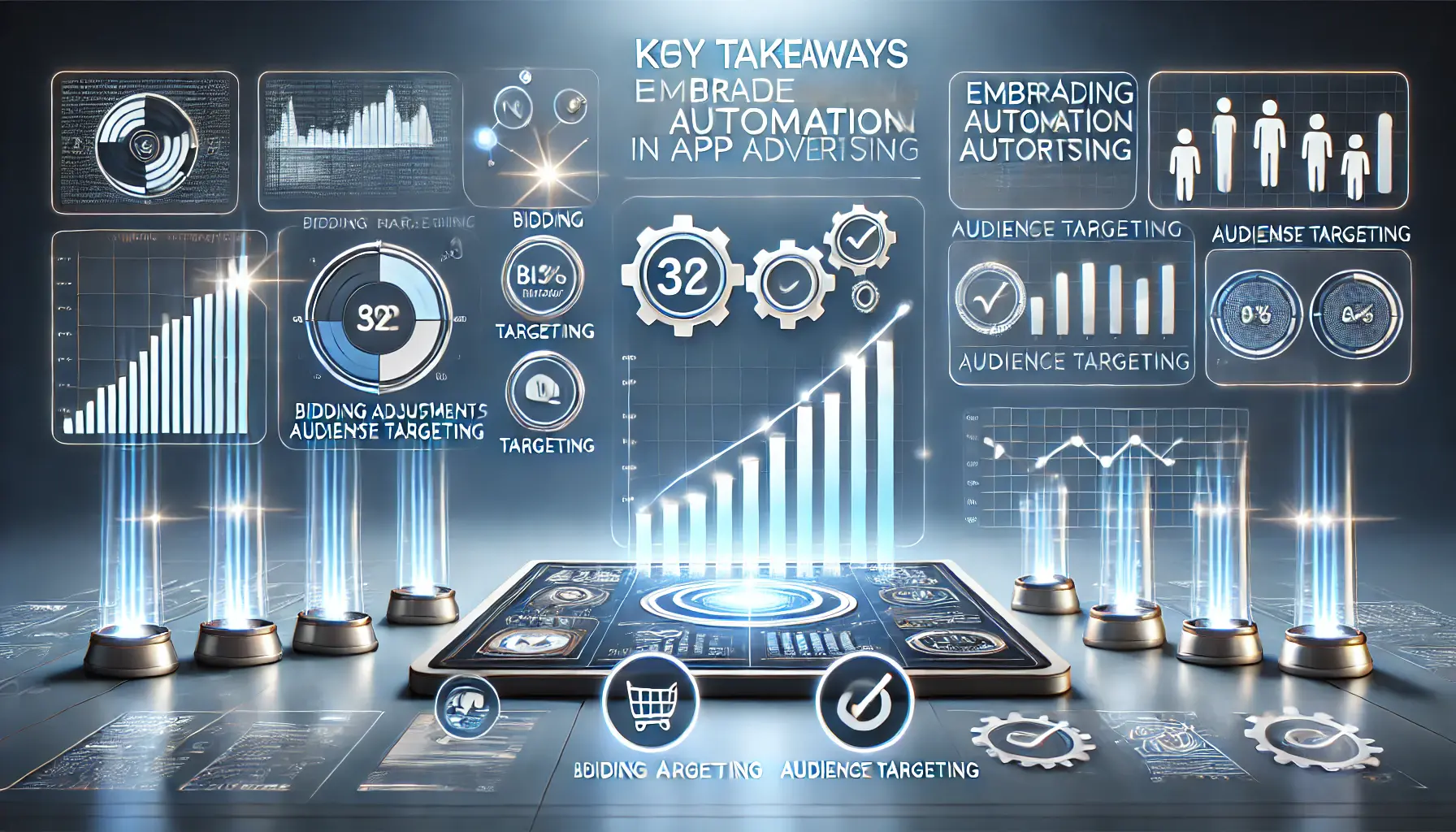
Visualizing the key takeaways of embracing automation in app advertising.
Key Takeaways from Embracing Automation
From implementing automated rules to using machine learning for optimization, this article has covered many aspects of automation in app advertising.
Let’s distill the core lessons:
- Understanding Automation: Recognizing the role that automation can play in simplifying tasks and driving efficiency is the first step toward success.
- Setting Up Rules: Automated rules ensure consistent performance and allow for adjustments based on predetermined criteria.
- Leveraging Machine Learning: ML elevates ad targeting, bidding, and creative decisions to create highly effective and personalized campaigns.
- Implementing Bidding Strategies: Automated bidding aligns campaign goals with performance metrics, ensuring efficient budget utilization.
- Monitoring and Adjusting Campaigns: Ongoing governance and refinement sustain performance and ensure agility in dynamic markets.

Building the future of app advertising through automation.
Automation: Building the Future
Automation will continue to play a vital role in app advertising as technology advances.
Marketers who stay informed about emerging tools and trends can stay ahead of the curve and maintain their competitive edge.
To achieve maximum success:
- Integrate advanced automation tools into your campaigns for precise and effective ad management.
- Regularly review campaign performance to identify areas for improvement and optimization.
- Adapt to emerging trends and technologies to keep your campaigns relevant and effective.
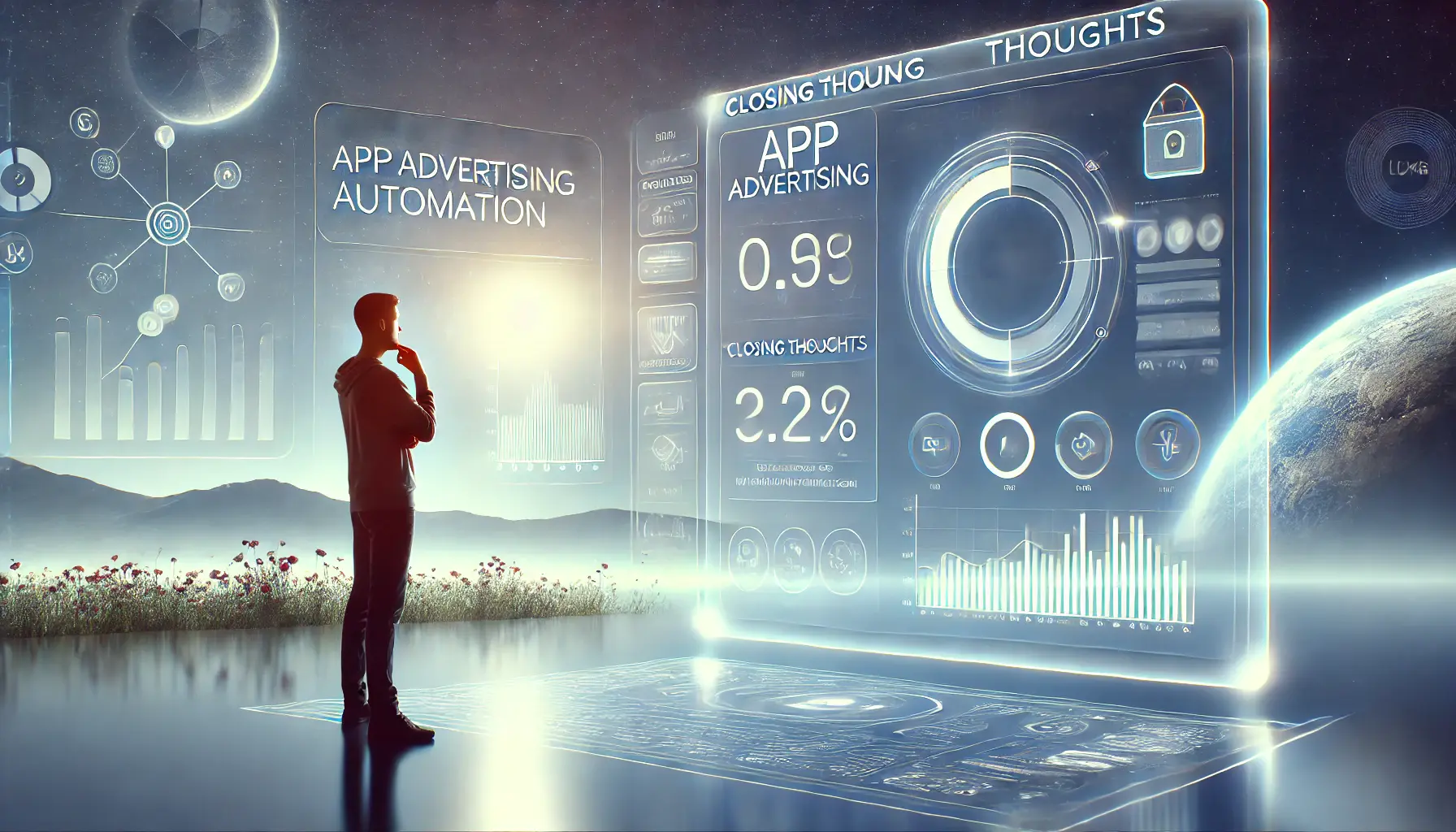
Reflecting on the future of app advertising automation.
Closing Thoughts
Automation is no longer a luxury but a necessity for app advertisers aiming to scale their efforts and drive measurable success.
Whether you’re a small developer or managing campaigns for a large enterprise, embracing automation helps streamline processes, enhance decision-making, and achieve better return on investment.
By implementing the insights from this article, you can navigate the complexities of app advertising with confidence and unlock new avenues for growth.
Embrace automation today and set your campaigns on the path to success!
Embrace automation to streamline processes, improve decision-making, and achieve better ROI.
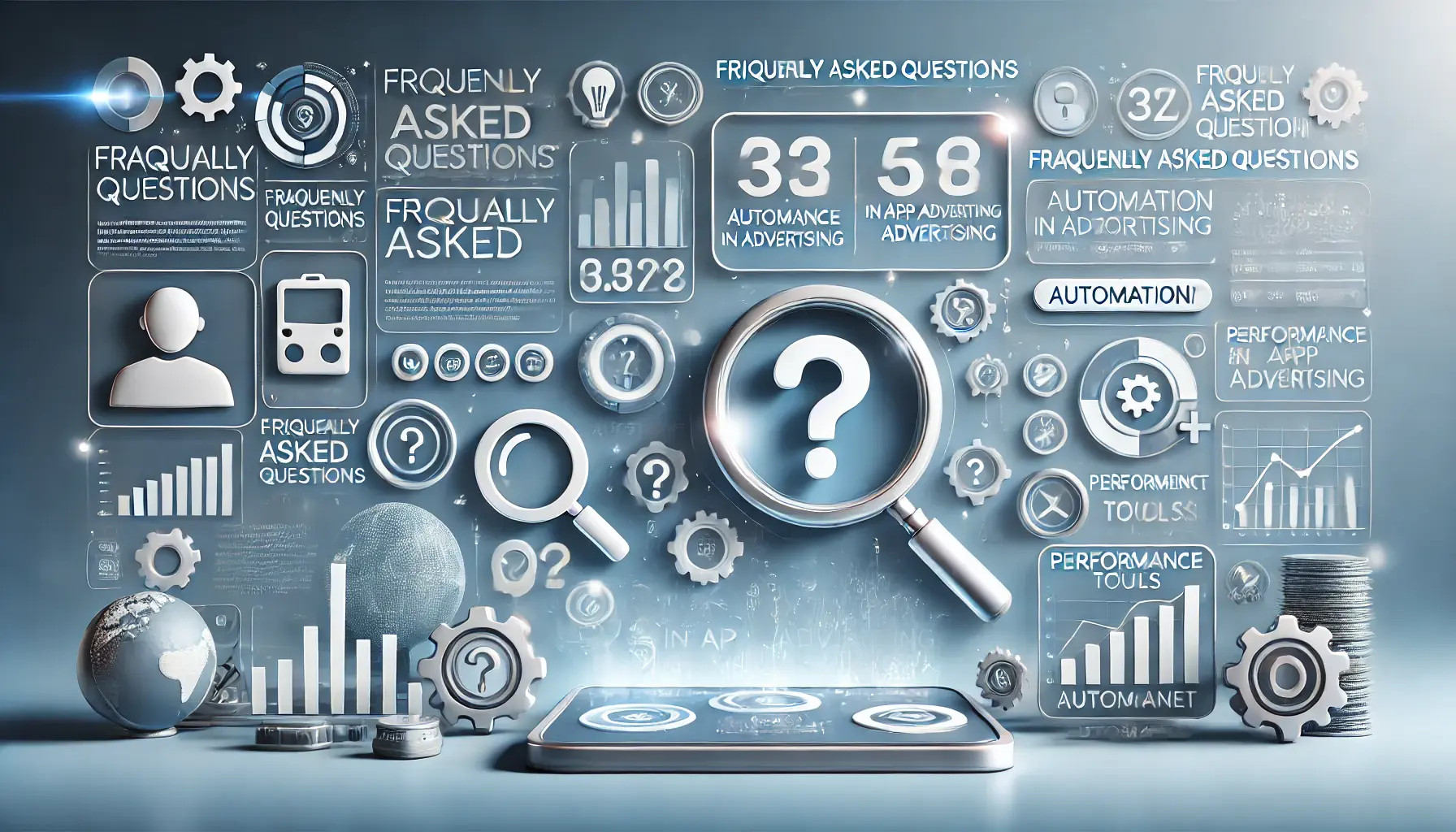
undefined
Your campaigns can be managed by an agency specialized in Google Ads, check out our service page.
Frequently Asked Questions About Automation in App Advertising
Automation in app advertising can be complex.
Below are some common questions and concise answers to help clarify key concepts.
Automation in app advertising uses technology to manage tasks like bidding, targeting, and ad placement, reducing manual effort and enhancing efficiency.
Machine learning analyzes user data to optimize targeting, bidding, and creative elements, leading to more effective and personalized ad campaigns.
Automated bidding strategies use algorithms to adjust bids in real-time, aiming to achieve specific goals such as maximizing conversions or return on investment.
Continuous monitoring ensures that automated campaigns align with marketing objectives and adapt to changing market dynamics, maintaining optimal performance.
Yes, automation streamlines processes and optimizes ad performance, making it beneficial for businesses of all sizes, including small enterprises.
In Google Ads, navigate to ‘Tools & Settings,’ select ‘Rules,’ and create new rules by defining conditions and actions to automate specific tasks.
Over-reliance on automation without oversight can lead to misaligned campaigns.
Regular monitoring and adjustments are essential to ensure effectiveness.
Success can be measured by tracking key performance indicators such as conversion rates, return on ad spend, and user engagement metrics.
While some automation tools are free, others may require investment.
It’s important to assess the potential return on investment before committing.
